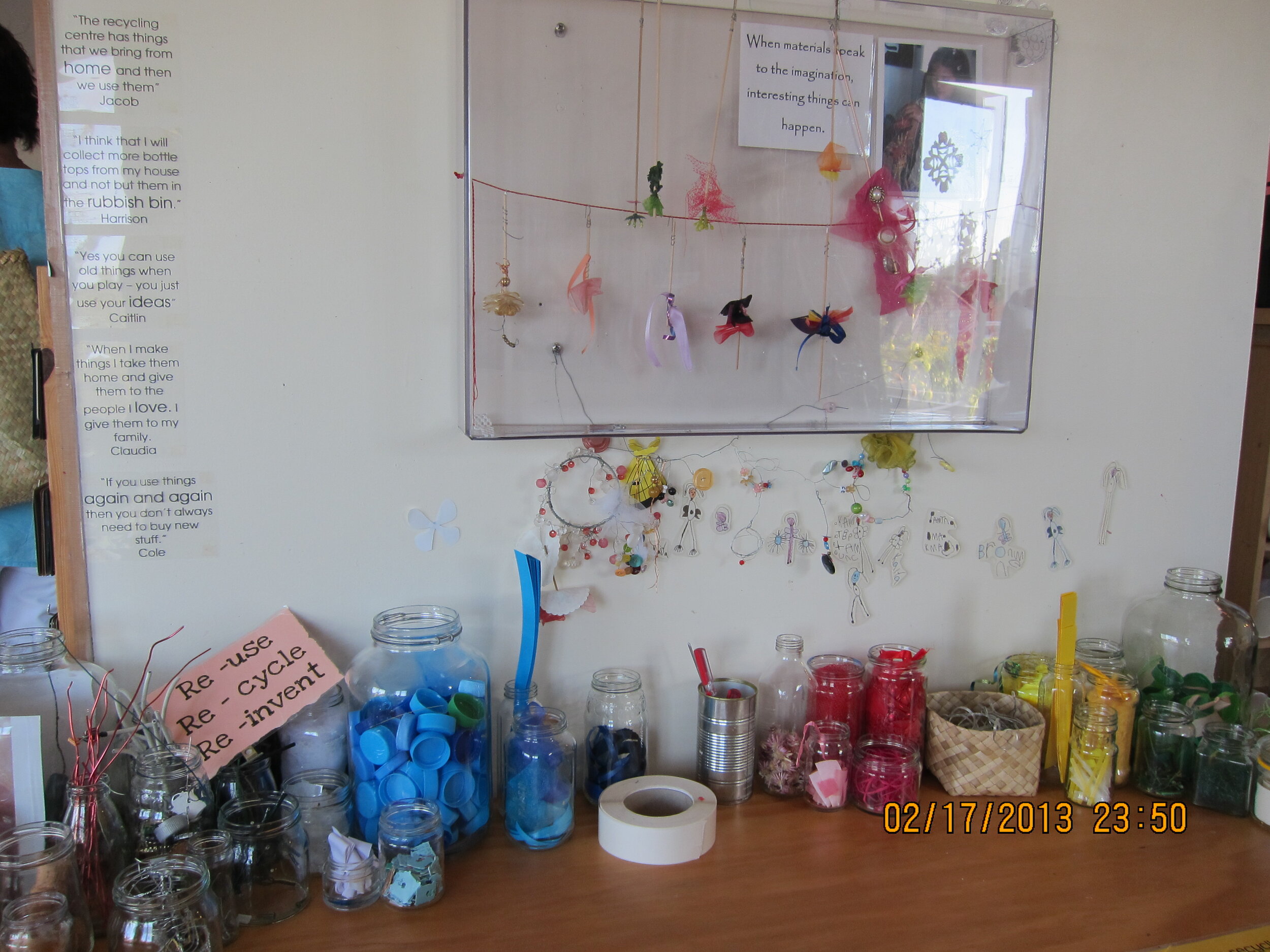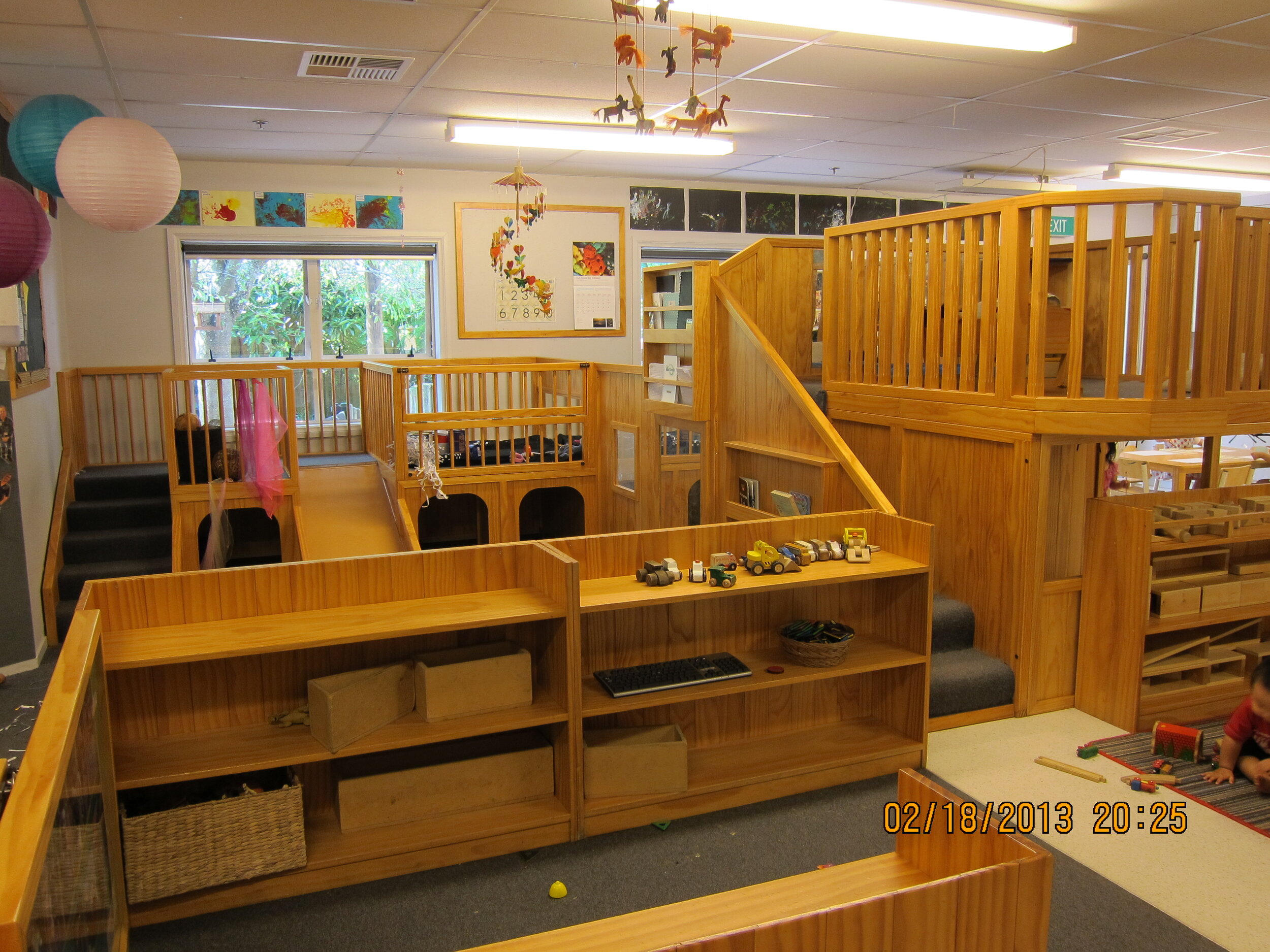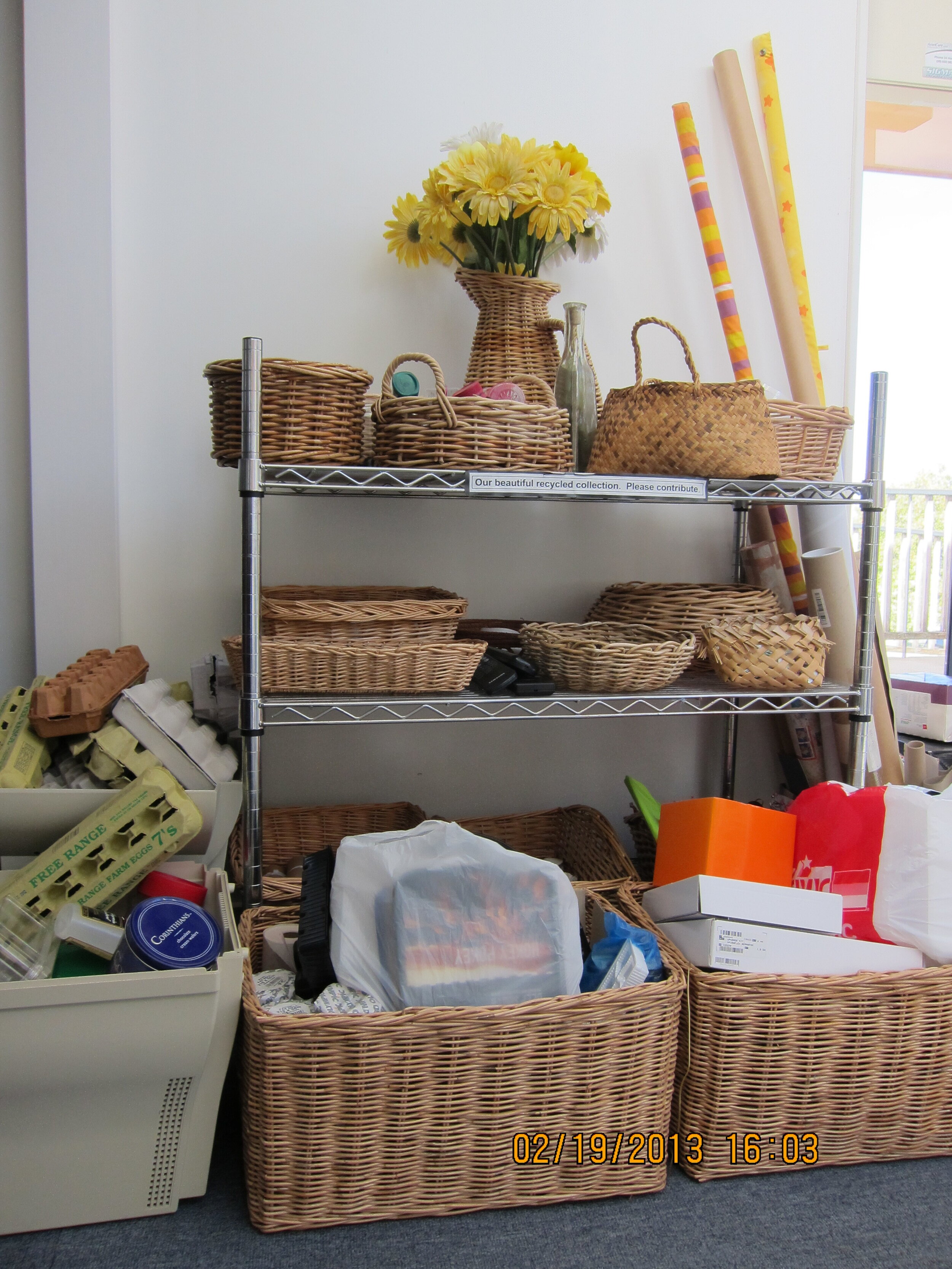Environments for Responsive Curriculum
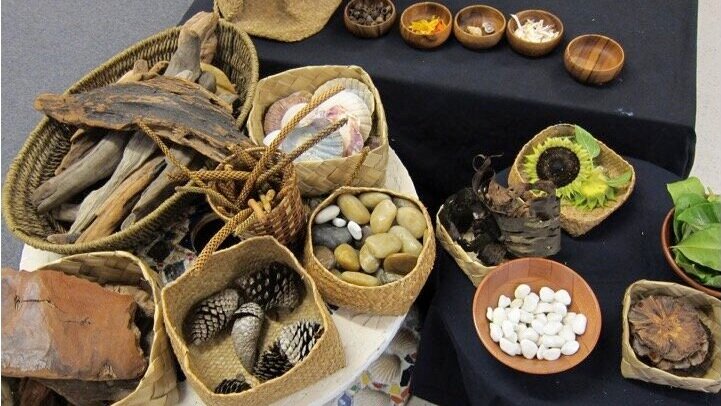
“Children are miracles. When we invite a miracle into our lives we prepare ourselves and the environment around us. We make it our job to create, with reverence and gratitude, a space that is worthy of a miracle!”
— Anita Rui Olds
One important way we can uphold intentions for responsive planning is to set ourselves up with an environmental context that naturally supports open-ended play for children, and reflective practice for educators. We can design and provision classroom environments that set the stage for responsive work.
If we plan the environment for discovery and engagement, it can become, as the Reggio educators say, another “teacher” in the room.
Then we can then observe how children explore our invitations and provocations, and get a sense of whether something is emerging that we might want to pursue.
And as we begin to see ourselves as researchers and collaborators, that may shift how we spend our time with children. The environment - and children’s interactions with the materials and with each other - becomes the focus, and instead of being entertainers, we can observe, extend, and document.
Here are a few recommendations for classroom environments that can help support responsive curriculum planning:
set up areas that invite large and small group work, rather than individual work
keep fewer materials out on display, and rotate them regularly from a “library” of materials
provide open-ended drama materials, rather than “kitchen” furniture or a monthly theme-based rotation
when possible, locate the drama area and block area near to each other, so kids can build what they need for their games
offer “saving shelves” and “work in progress” signs, rather than having all materials cleaned up and put away at the end of each play session
make sure the physical space welcomes families, and reflects their importance in children’s lives
offer materials on the floor, and on platforms of different heights (and behind couches, under tables, on windowsills, etc.) rather than emphasizing “seat work” at tables
use natural and inventive containers to offer materials, and consider not labeling each bin, or the space on the shelf where it’s meant to go
display materials with an eye towards both aesthetic beauty and functional access for the children
pay attention to lighting, using it to highlight certain areas, or invite specific kinds of play - thoughtful use of light helps the space feel more like a home than a factory
offer curated “provocations” that might inspire children to explore or combine materials in new or inventive ways
preserve long stretches of uninterrupted time for children to engage with the materials, and with each other - time is an invisible element of your classroom environment, but possibly the most powerful
What have you noticed about the role of the following categories of materials in your classroom?
Structured materials (prescribed toys): cars, people, animals, puzzles, matching games, etc.
Semi-structured materials: Legos, No Ends, Knex, Zoobs, Lincoln Logs, MagnaTiles, etc.
Unstructured materials which are open-ended: logs, rocks, fabric, clothes pins, jewels, blocks, dough, sand, etc.
It’s not necessarily better or worse to have one type of material or another. What balance of these opportunities do you provide, and why? Are there some materials you always want children to be able to find, such as building, and mark-making? Are there some materials you consistently provide, to meet a specific child’s need? Are there other materials you rotate through, either for the sake of novelty, or in response to something you’ve recently observed in children’s play?
Here are just a few of my “go to” resources for thinking about classroom environments:
Designs for Living and Learning: Transforming Early Childhood Environments by Deb Curtis and Margie Carter
Child Care Design Guide by Anita Rui Olds
Children, Spaces, Relations edited by Giulio Ceppi and Michele Zini
Natural Playscapes by Rusty Keeler
Below are some photos from my visit to the schools of Reggio Emilia, Italy, in 1993. These photos were taken at the Diana, Peter Pan, Otto Marzo, and Girotondo schools.
The city of Reggio Emilia, in northern Italy, has 25 municipal preschools and infant-toddler centers, serving children ages 0-6. The schools of Reggio Emilia are known for their
strong image of children, families, and educators
student-led in-depth projects
use of art media as tools for thinking and communication
Some highlights of the school environments there include:
Community spaces
Infant-toddler spaces
Art studios
Intention use of Reflection and Light
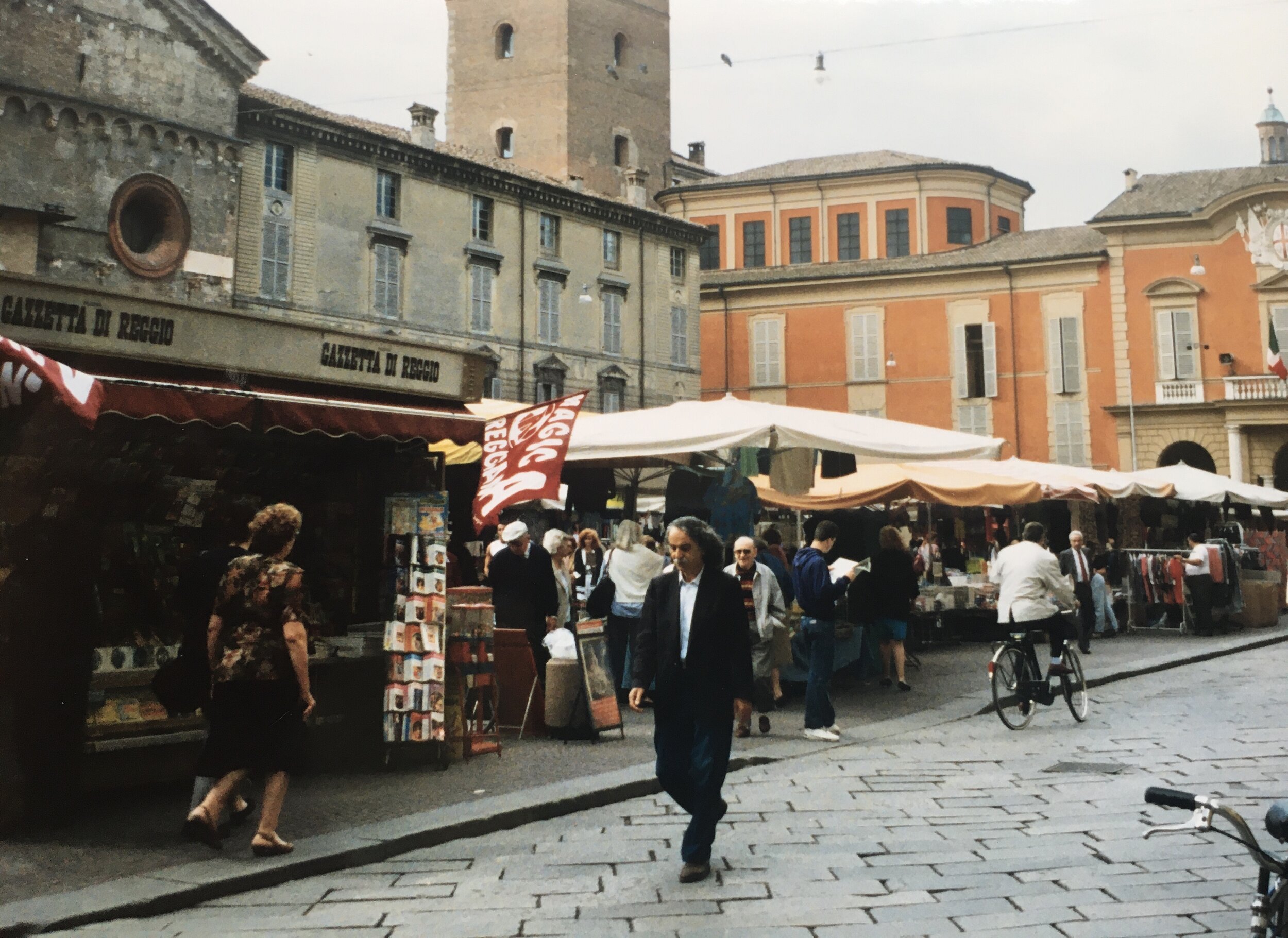
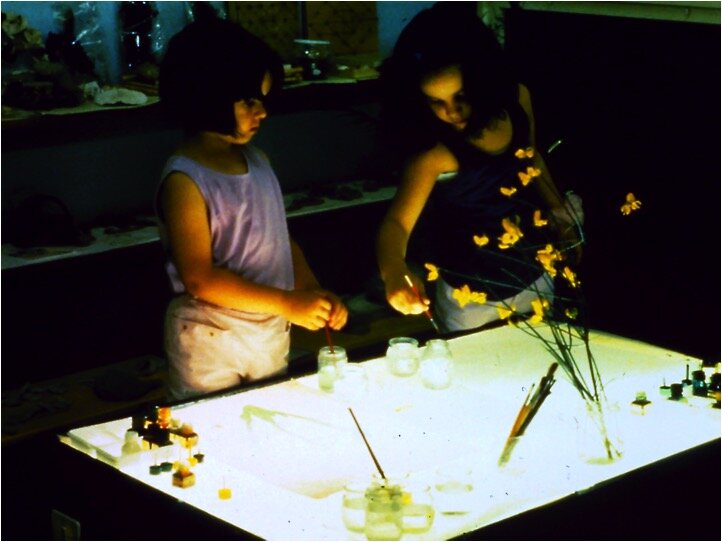
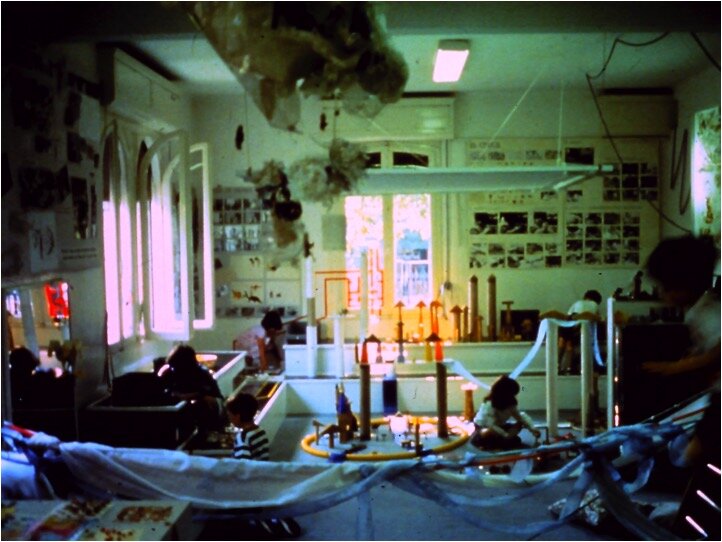
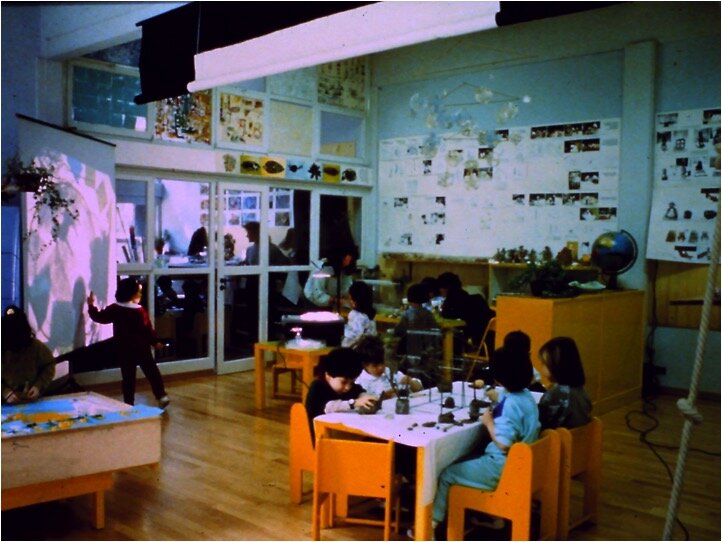
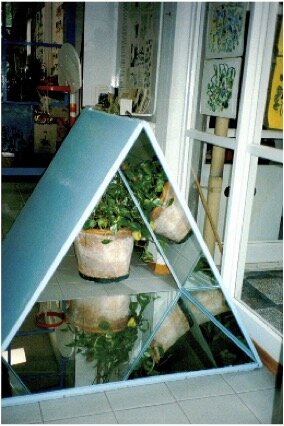
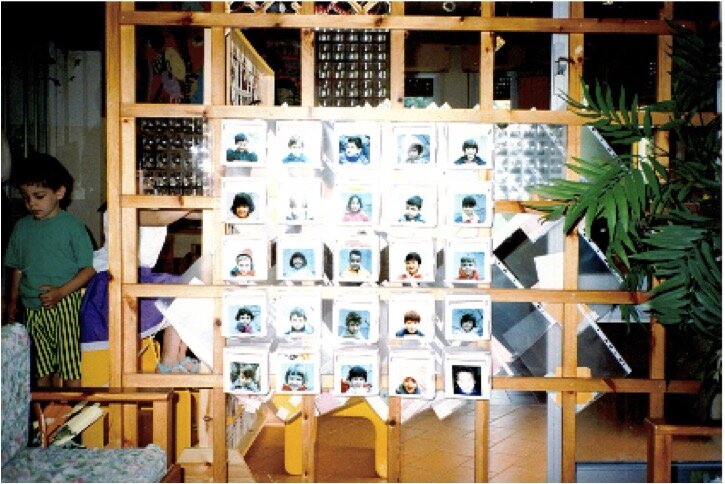
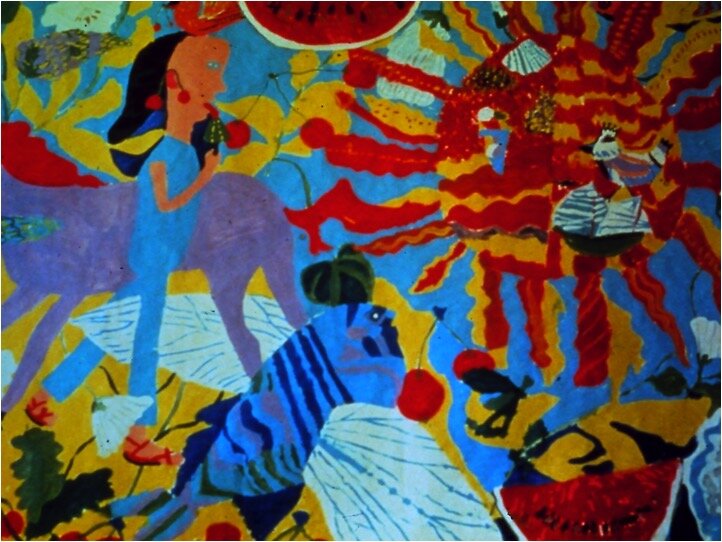
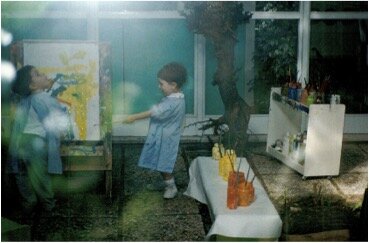
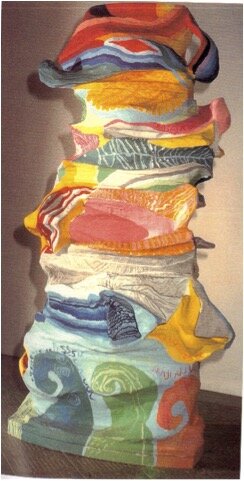
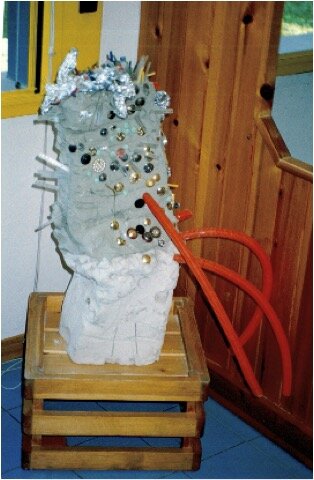
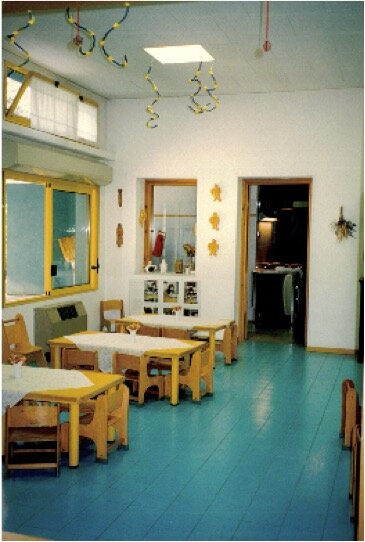
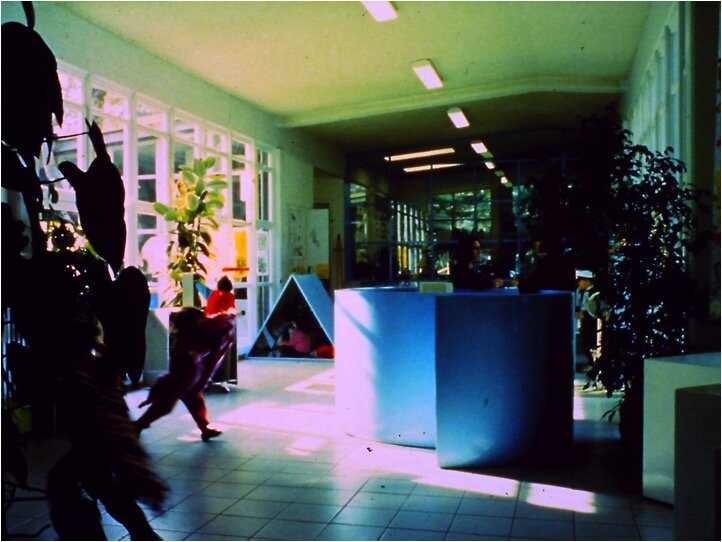
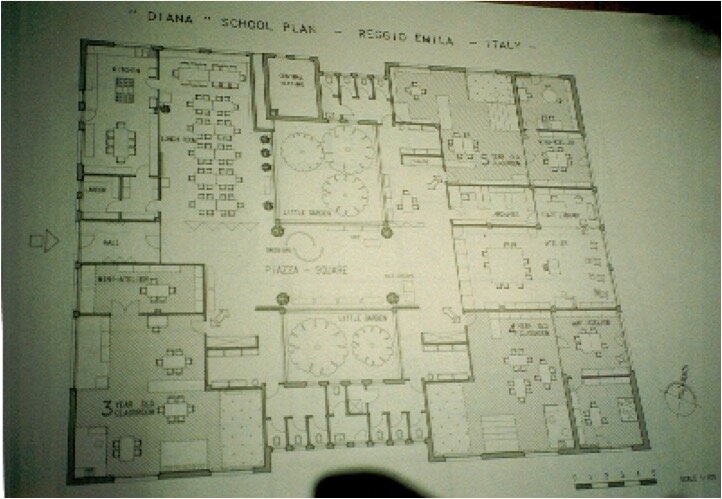
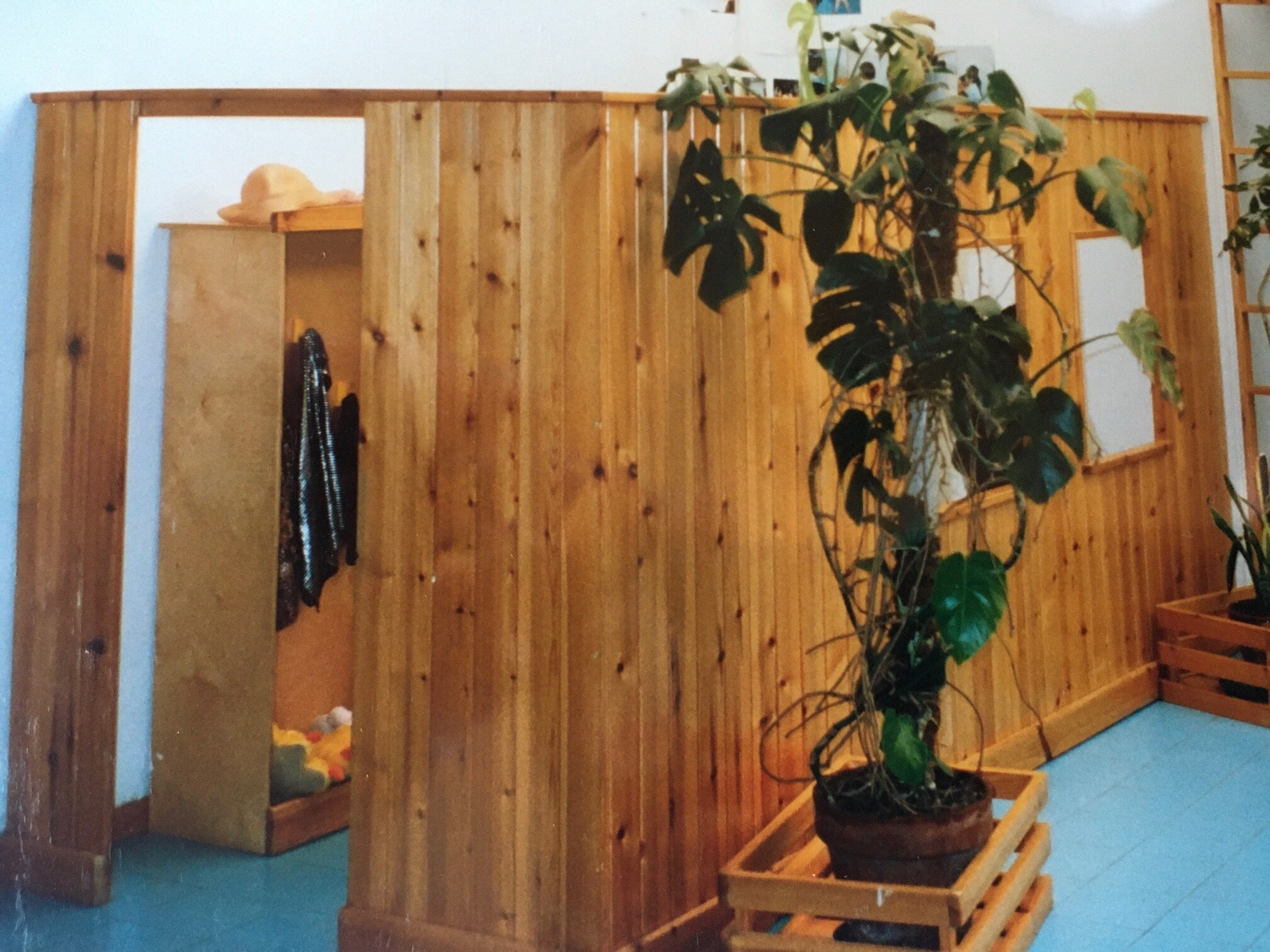
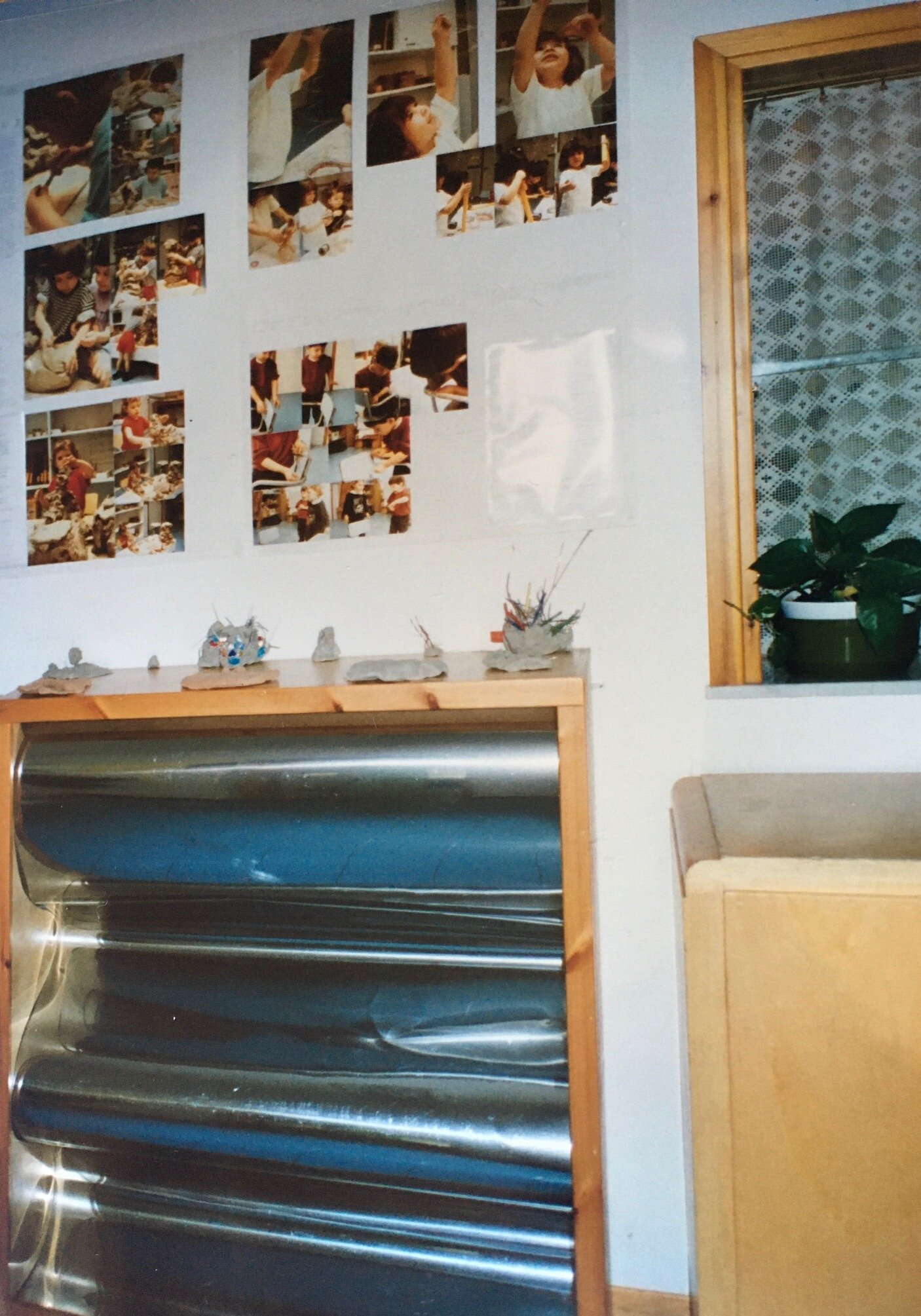
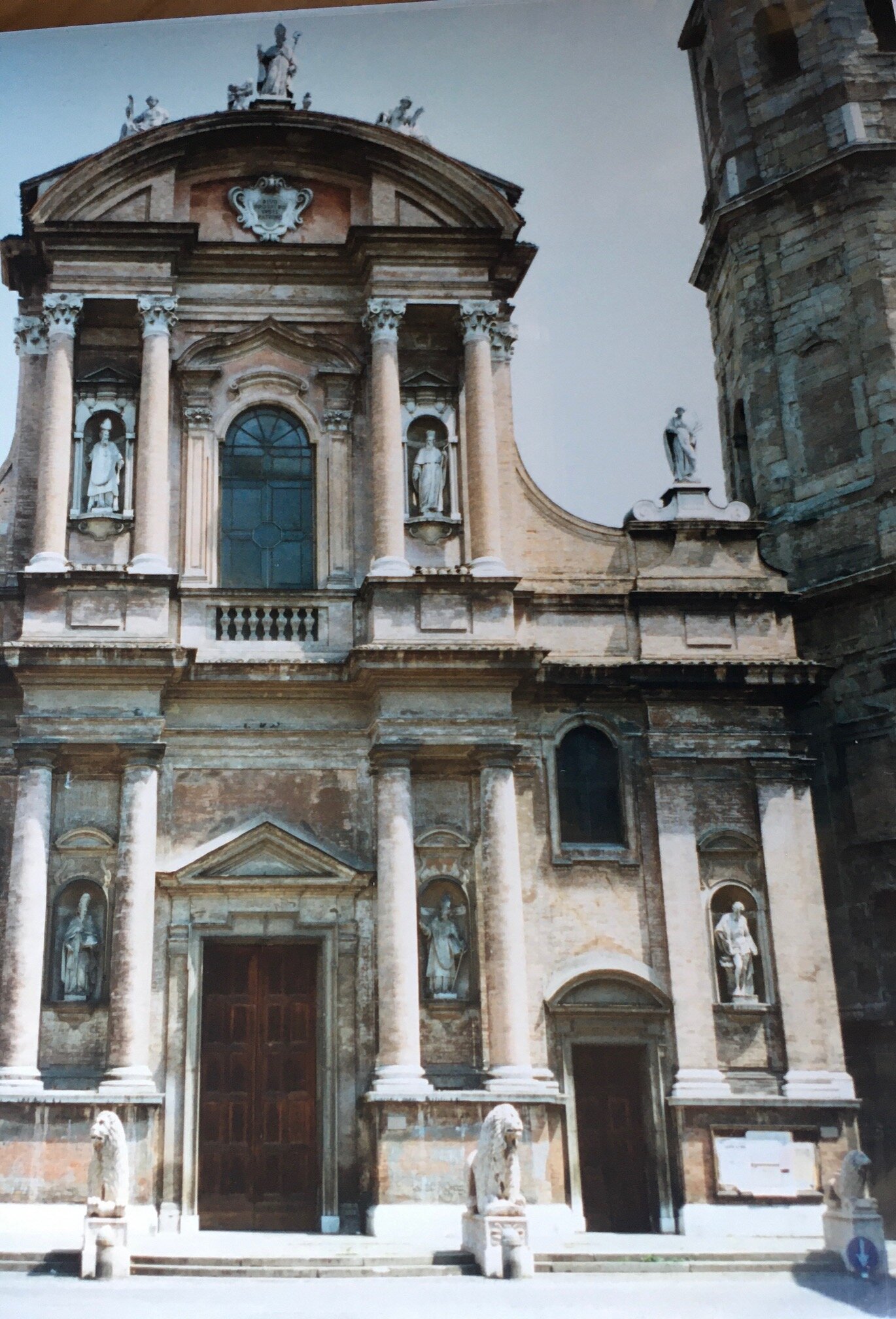
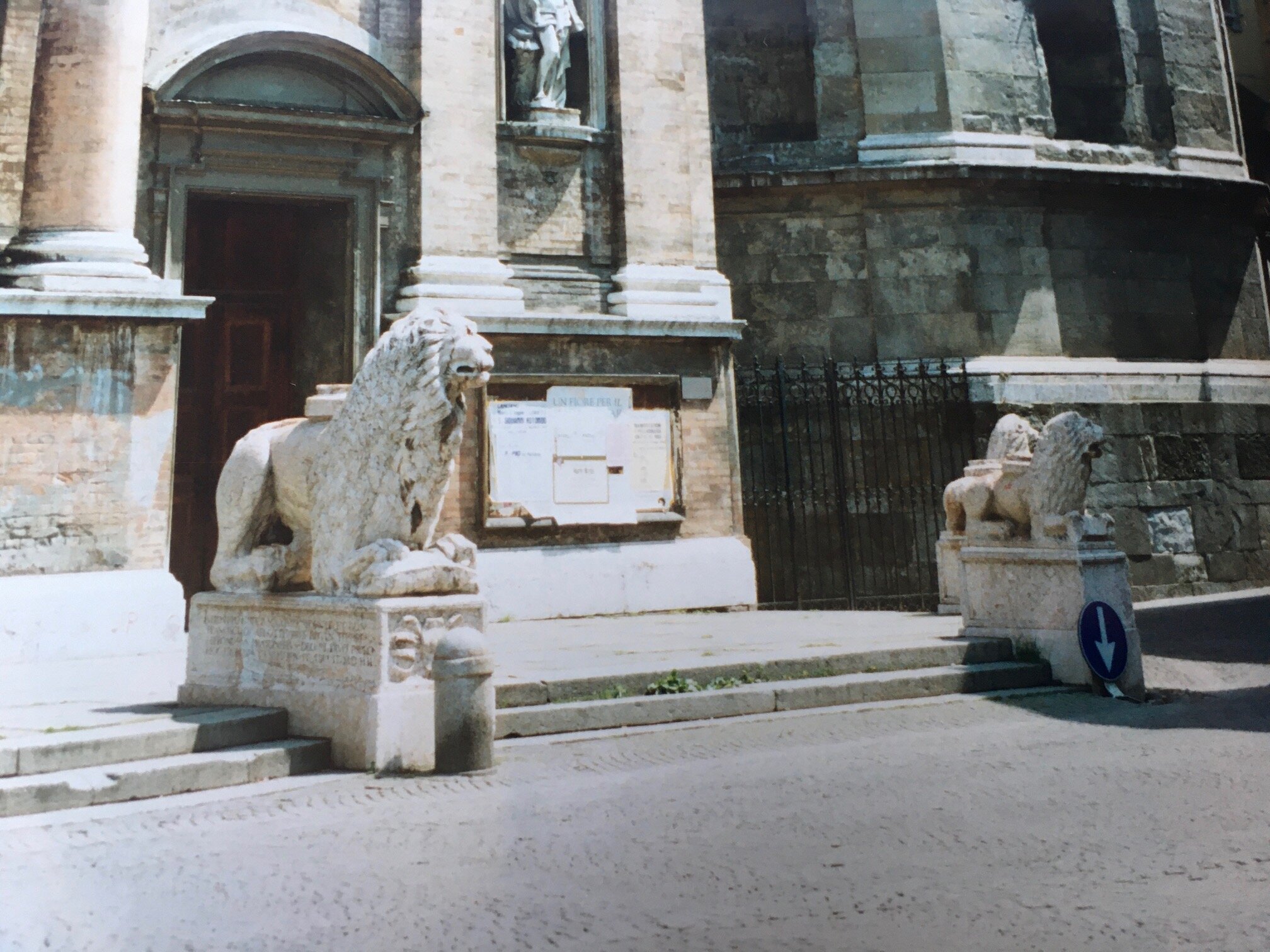

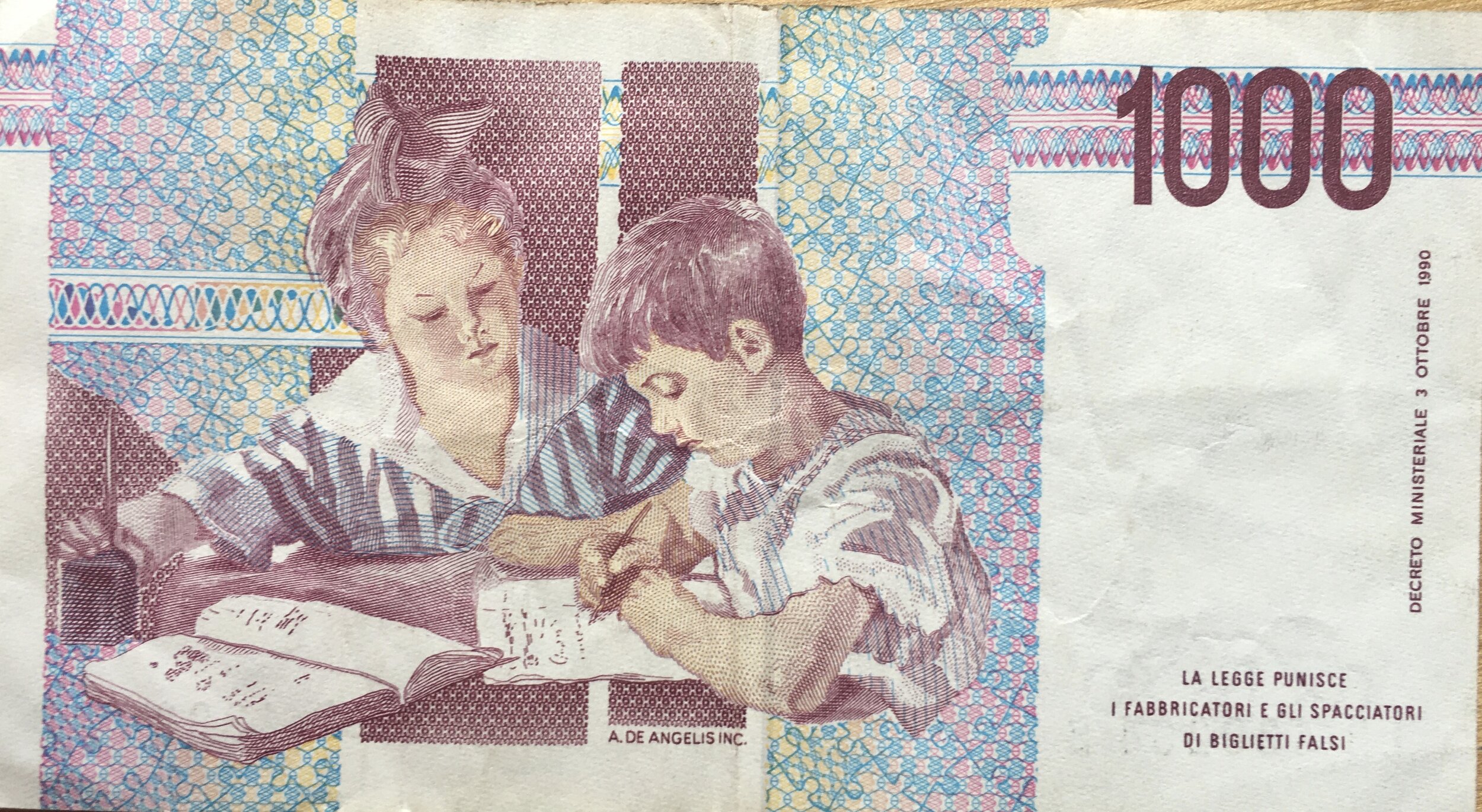
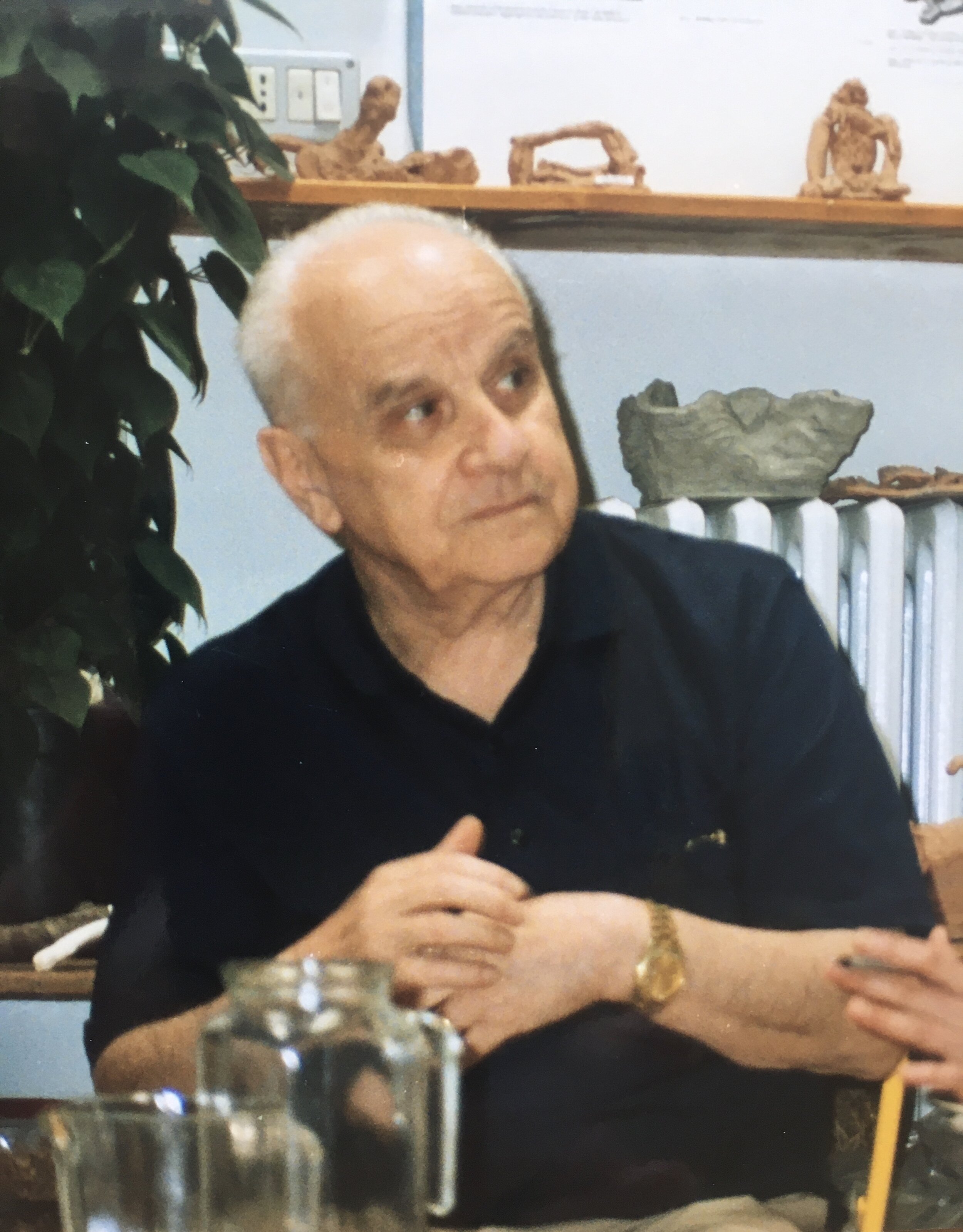
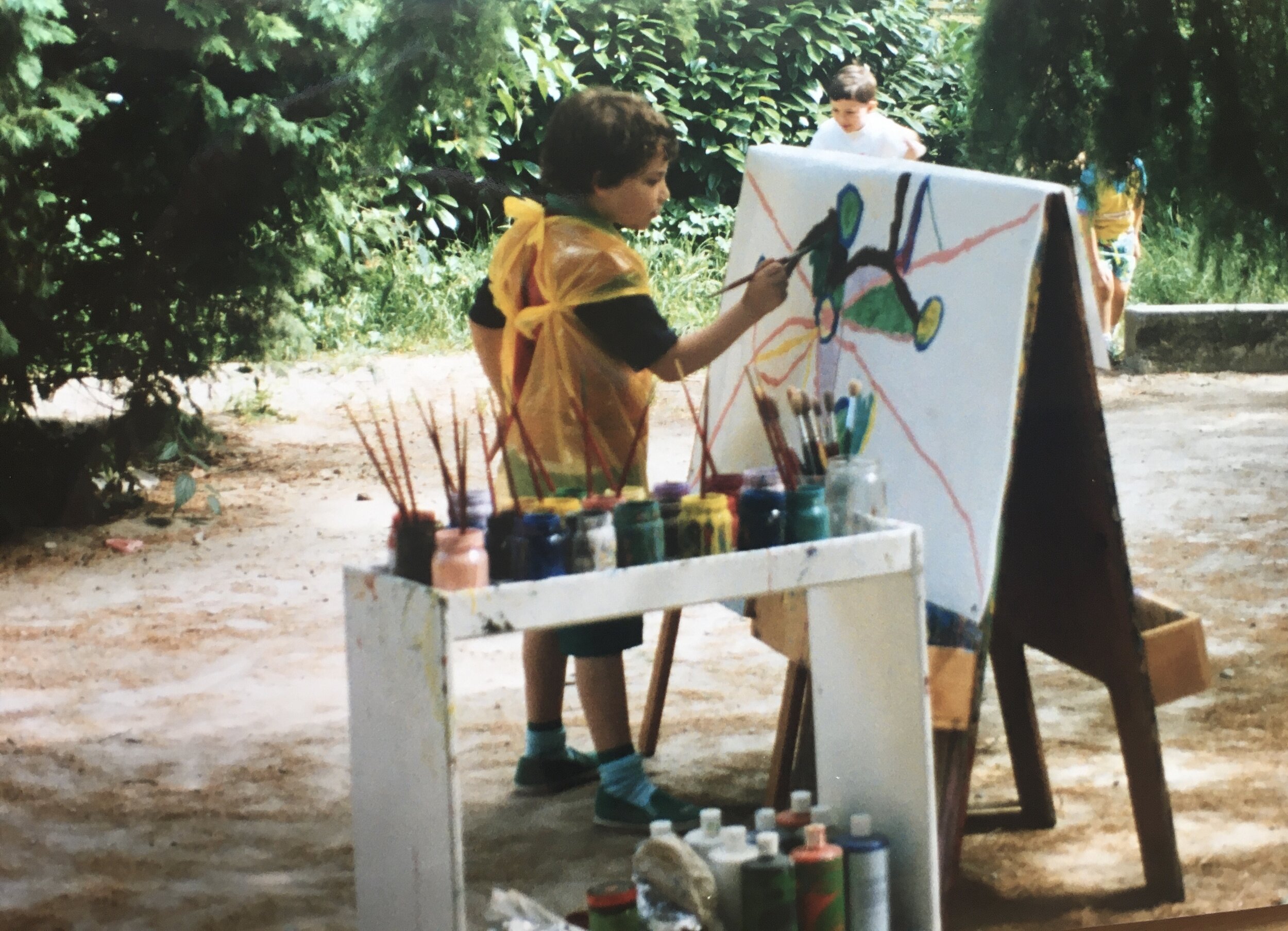

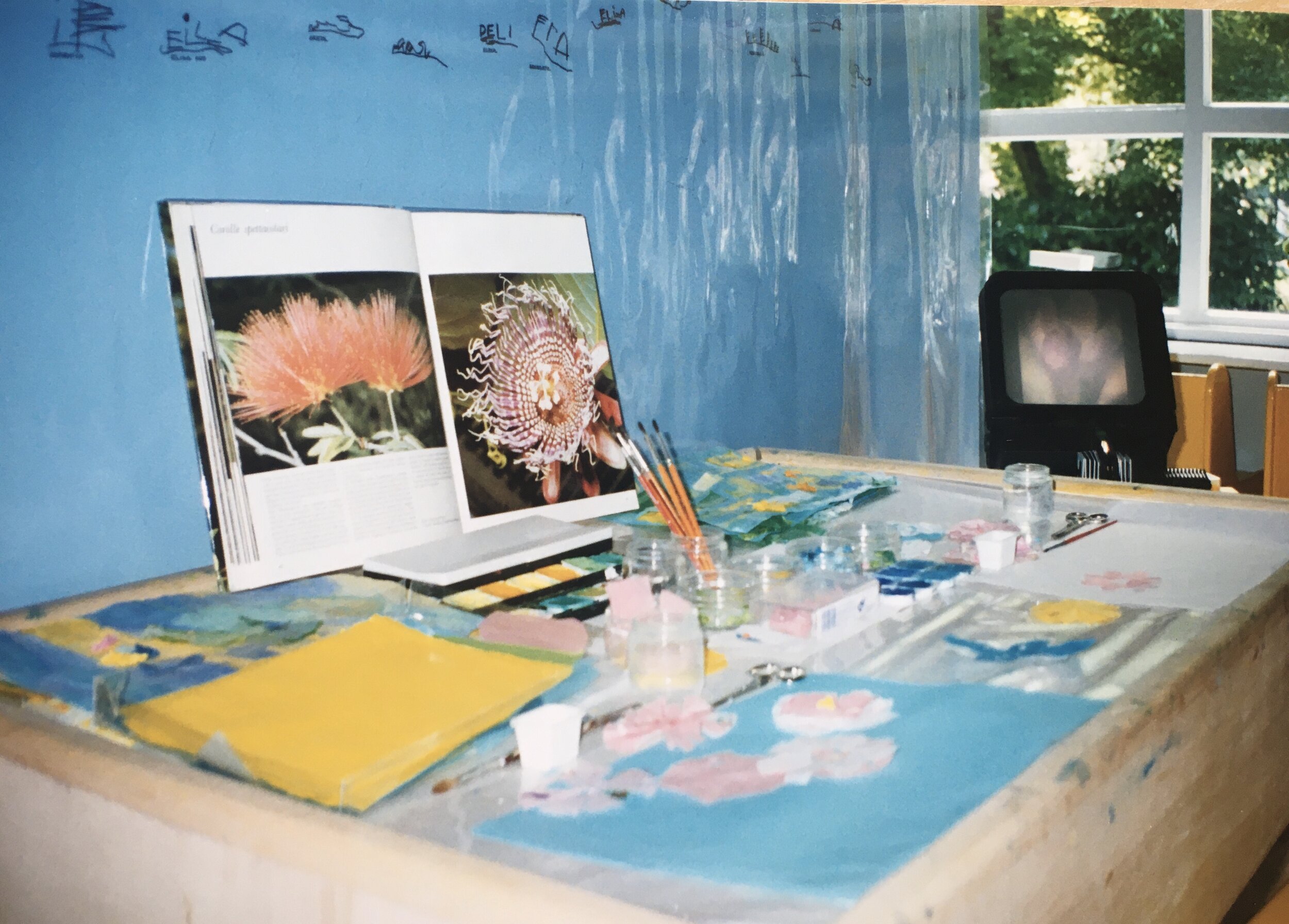
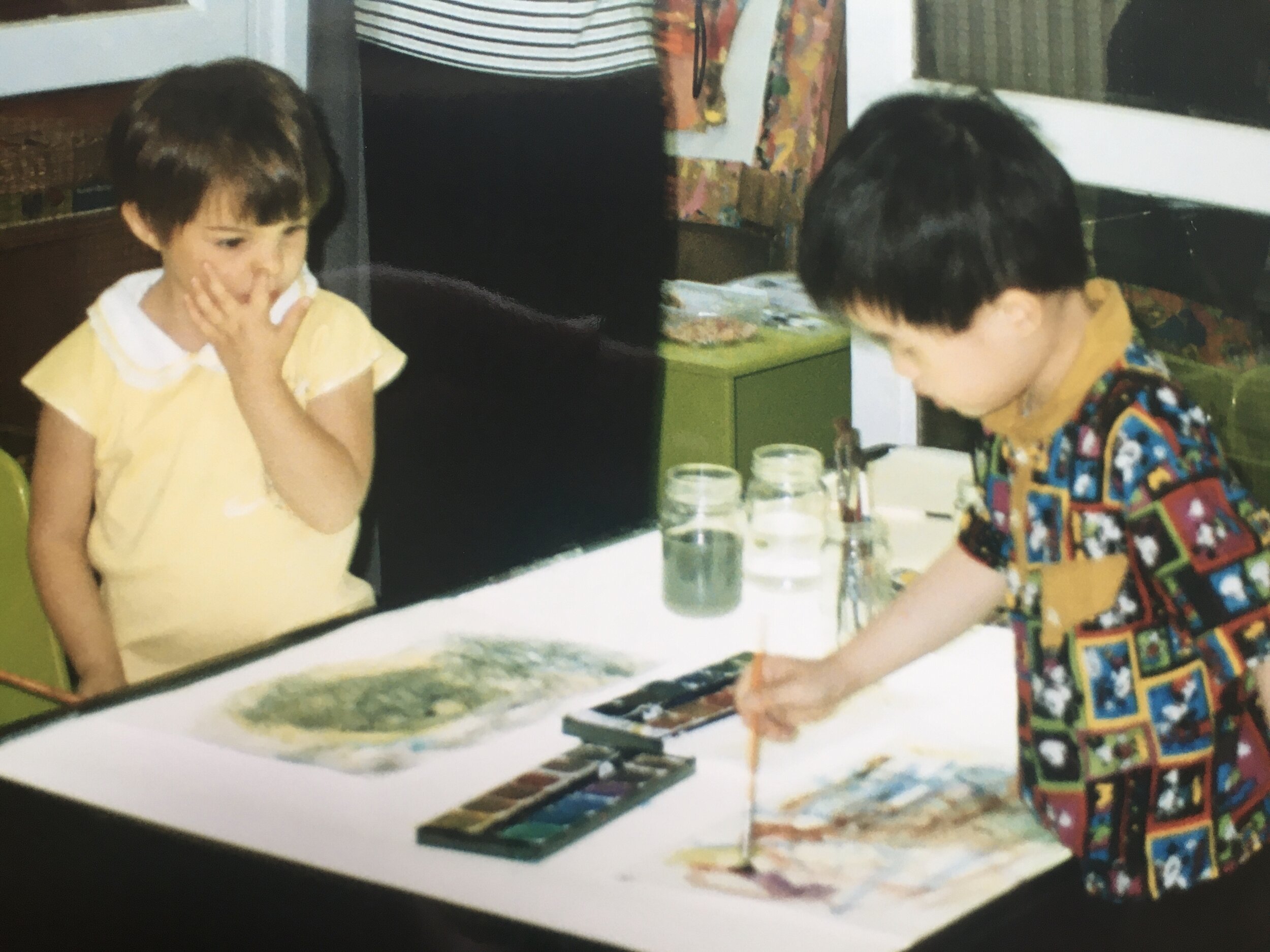
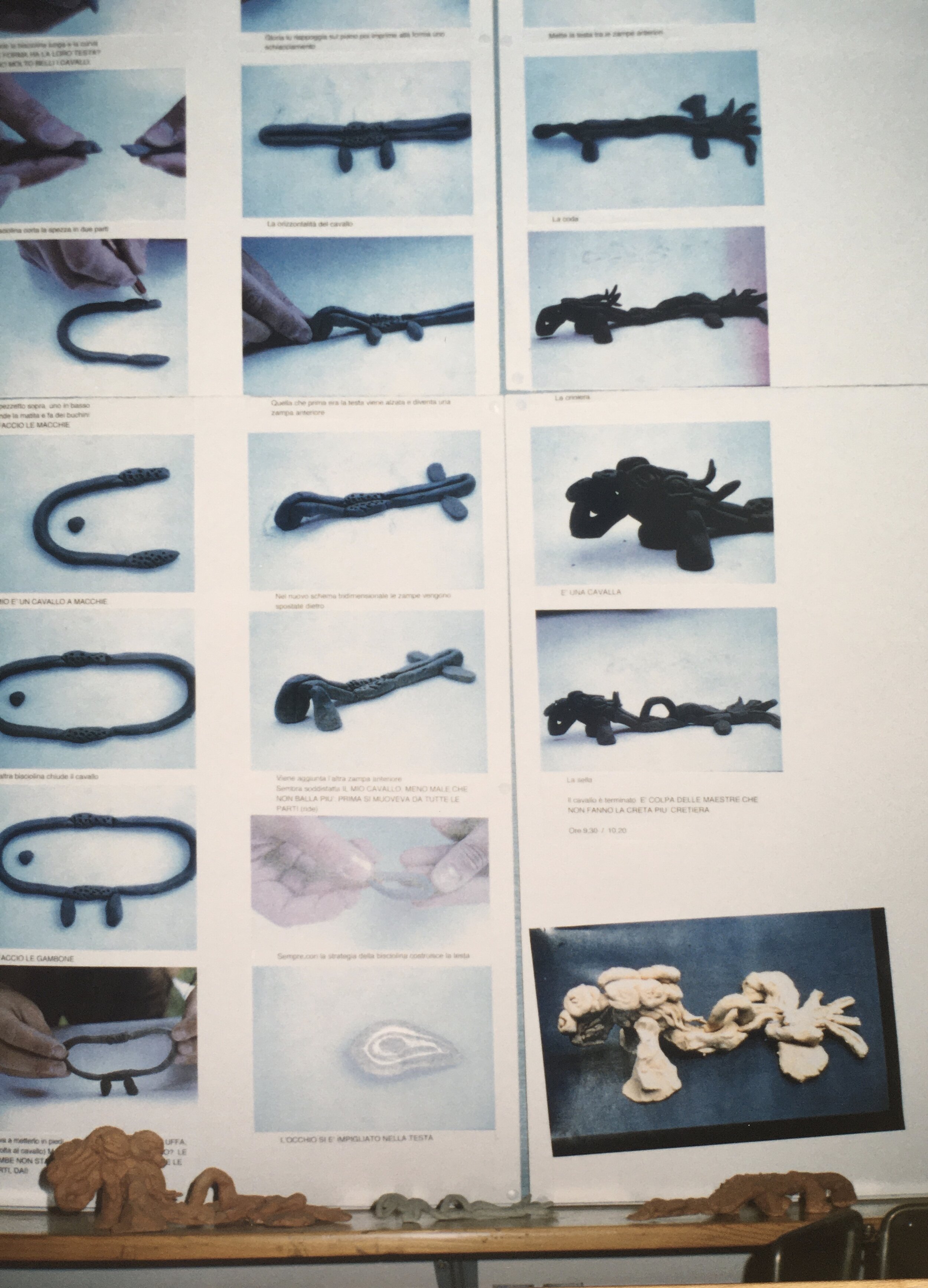
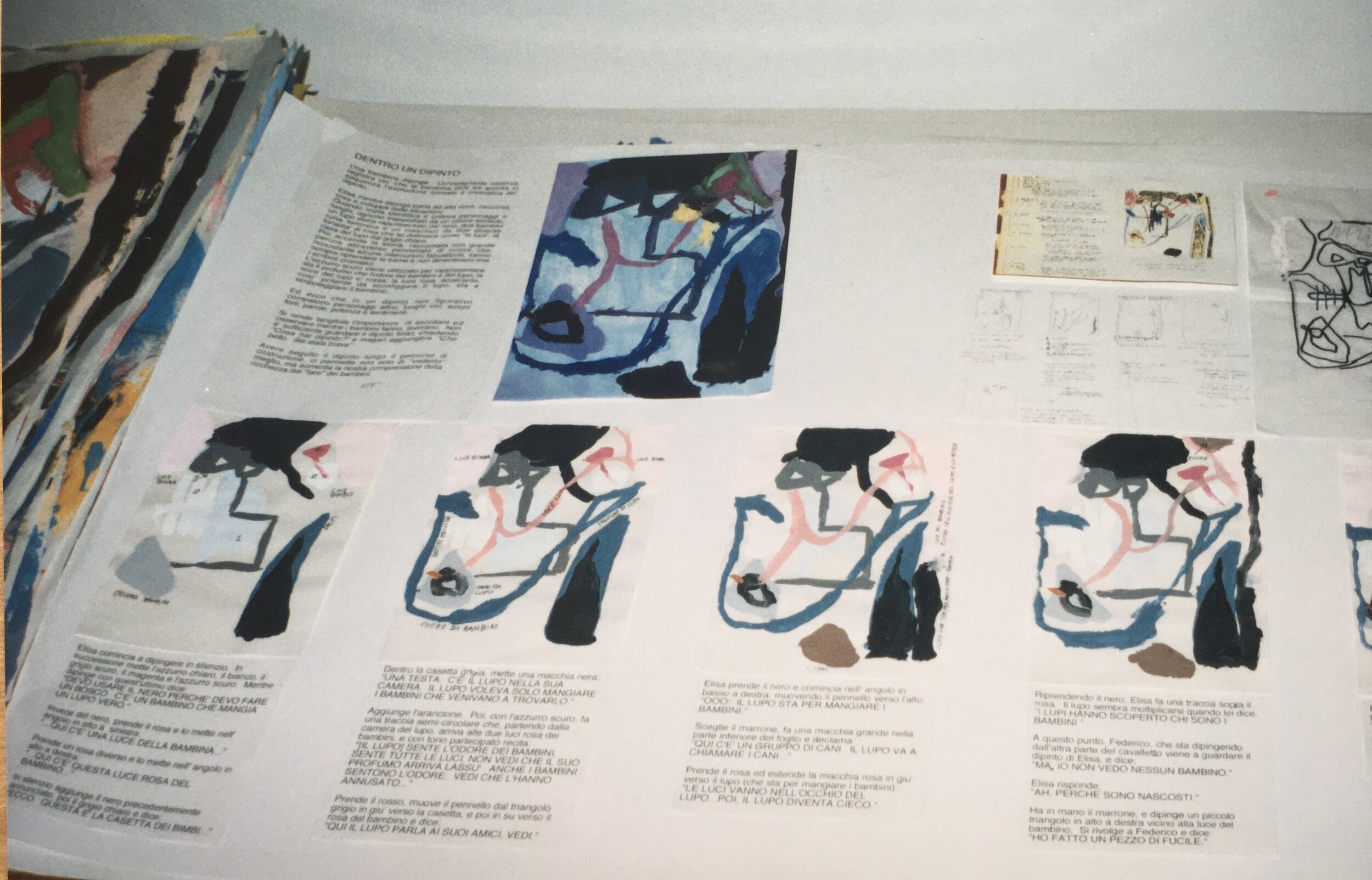
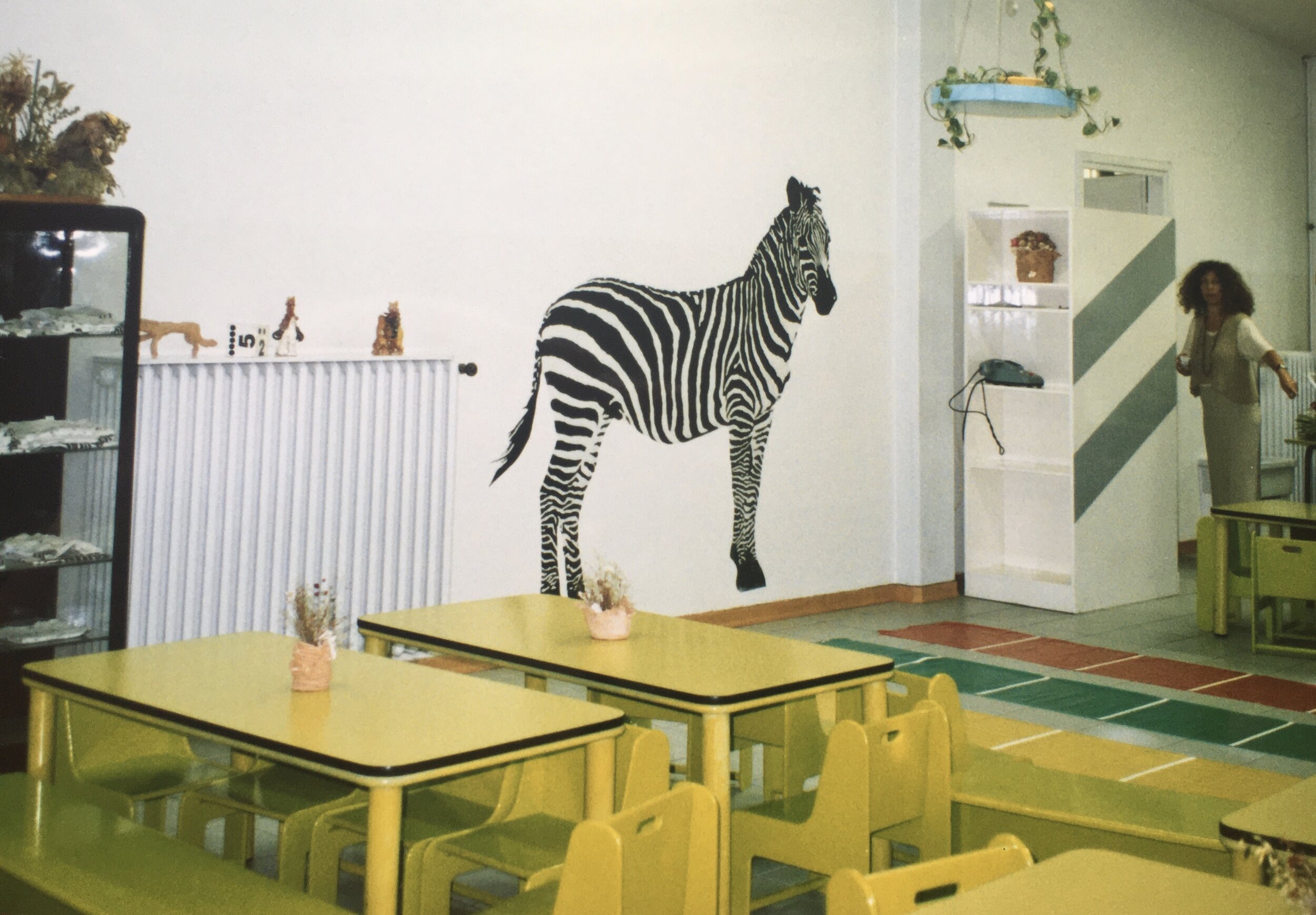

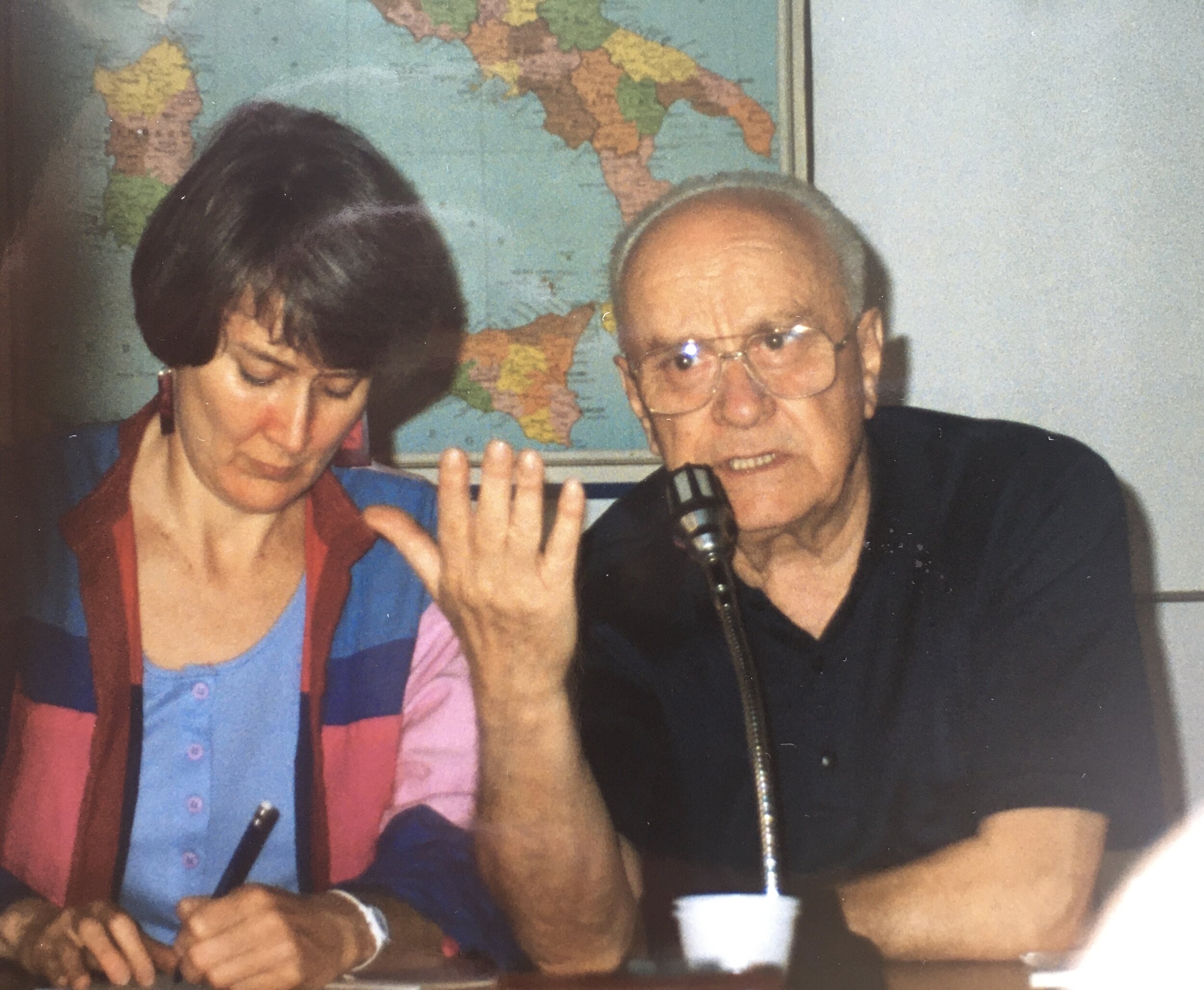
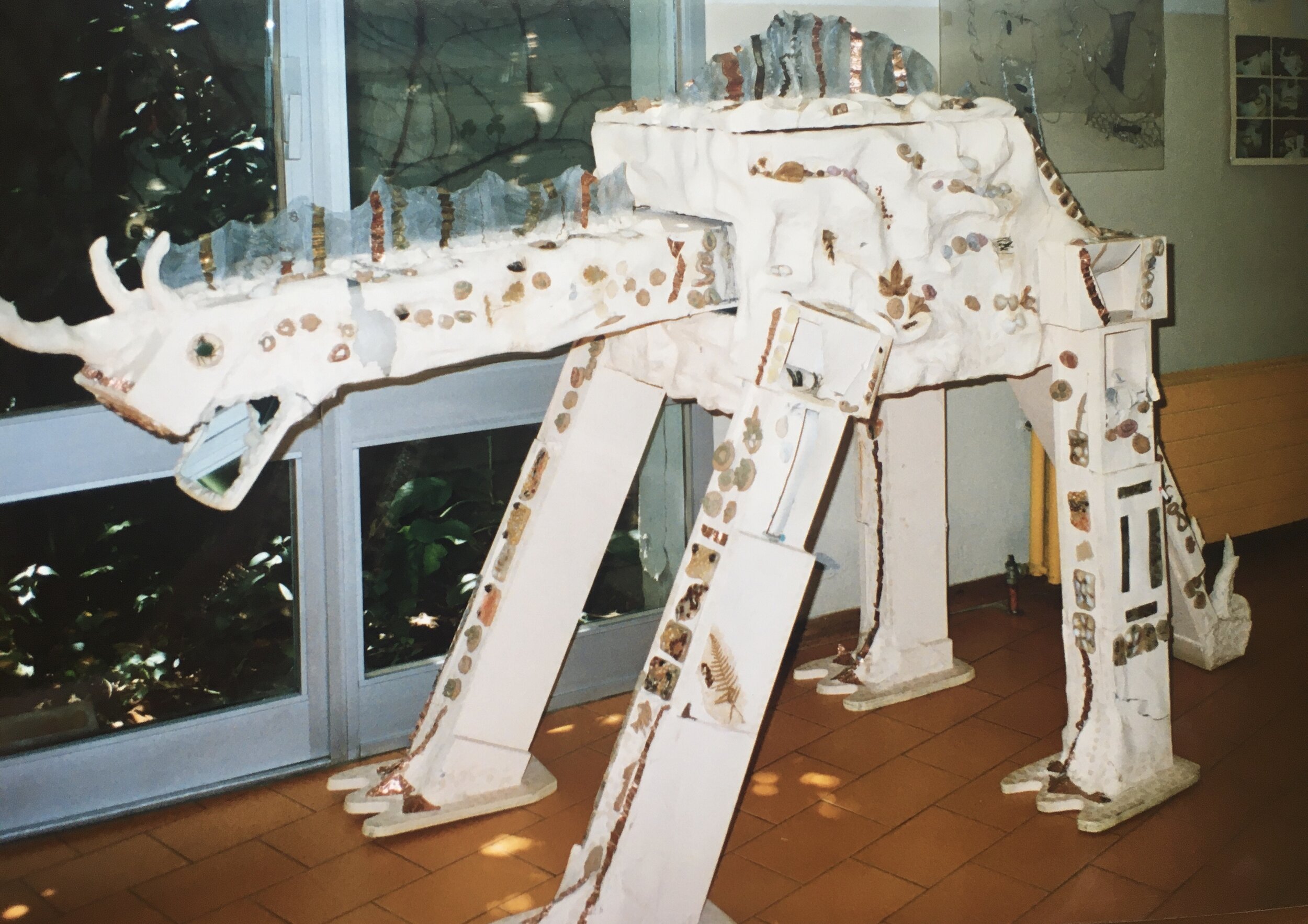
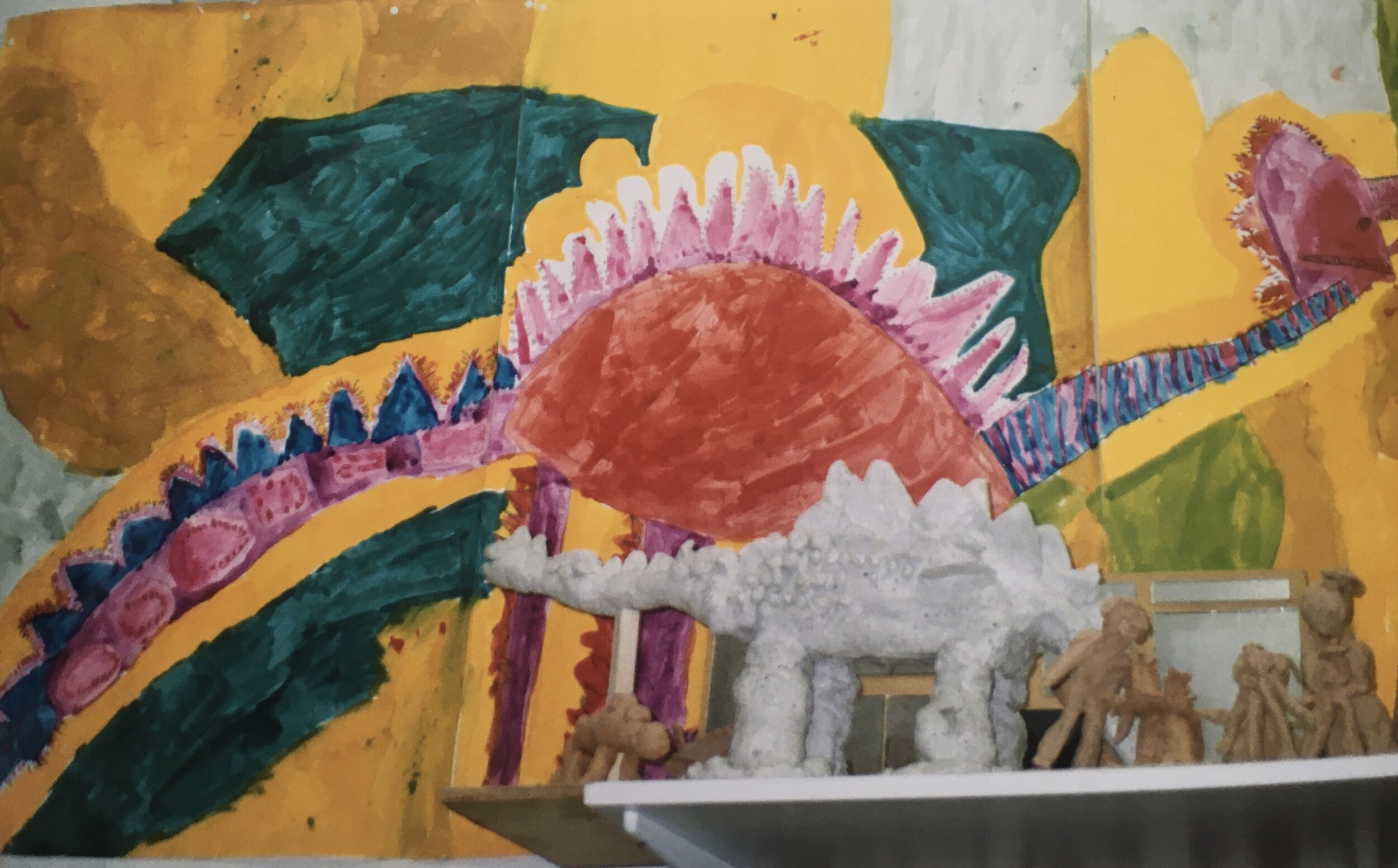
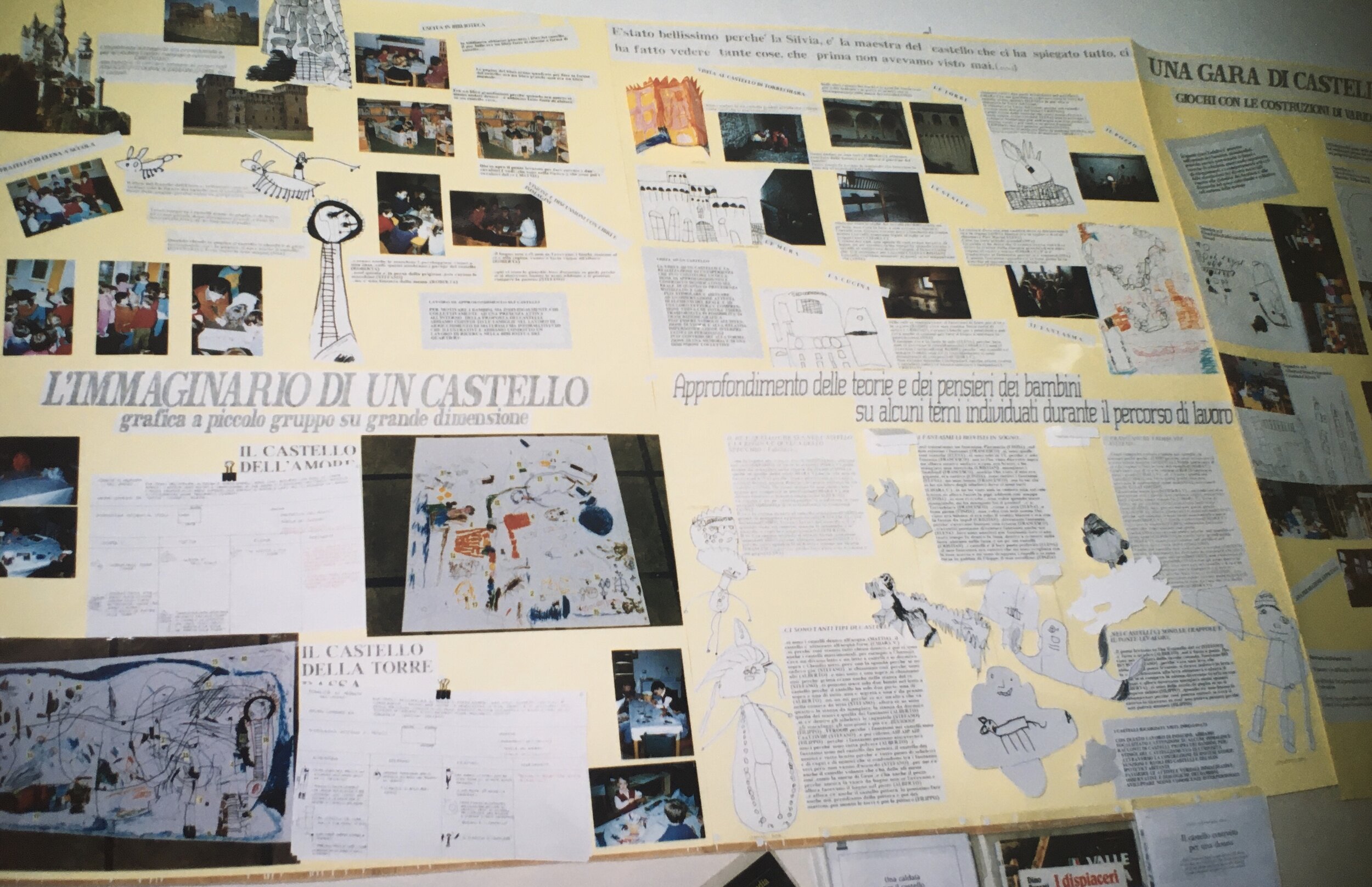
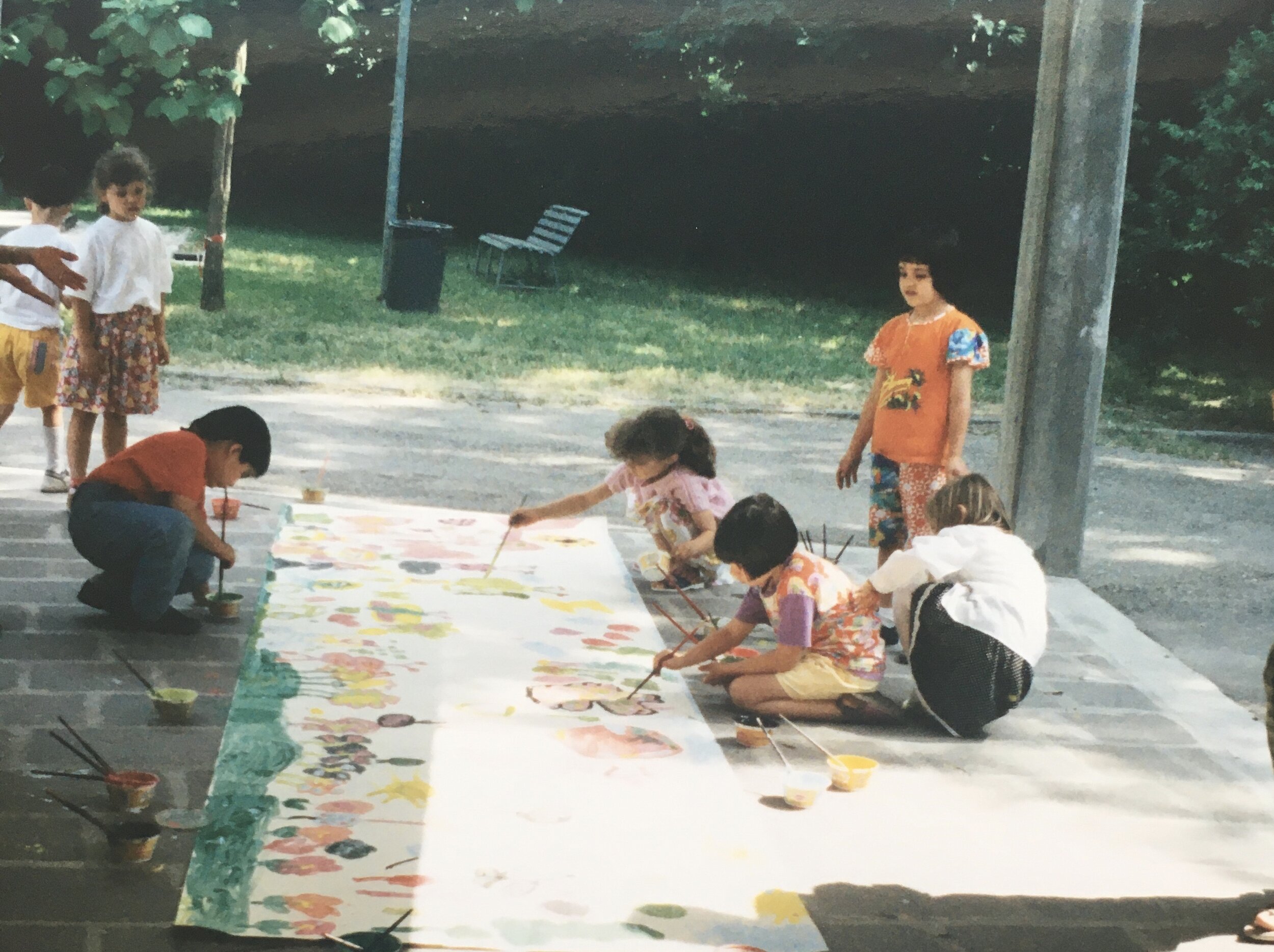
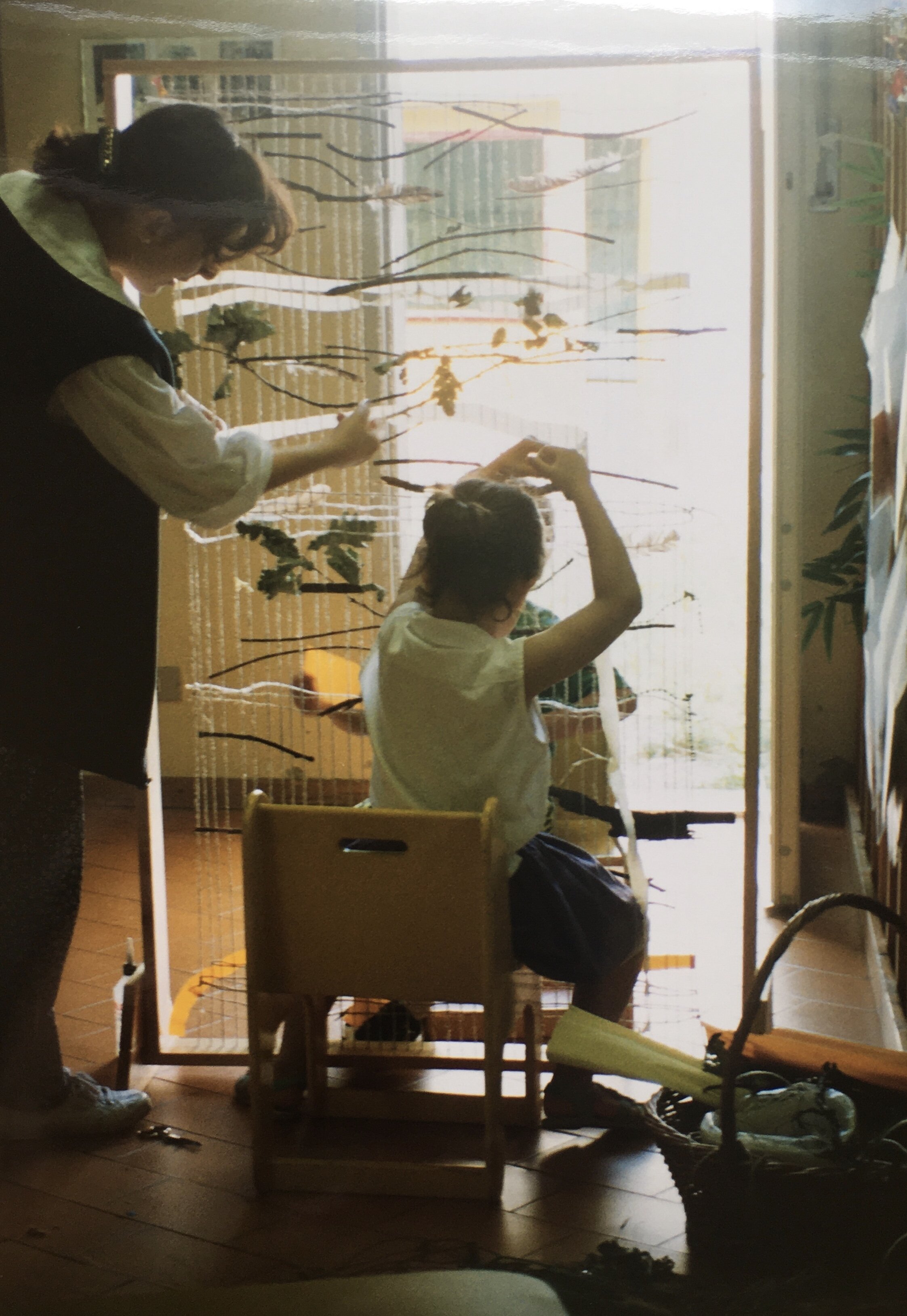
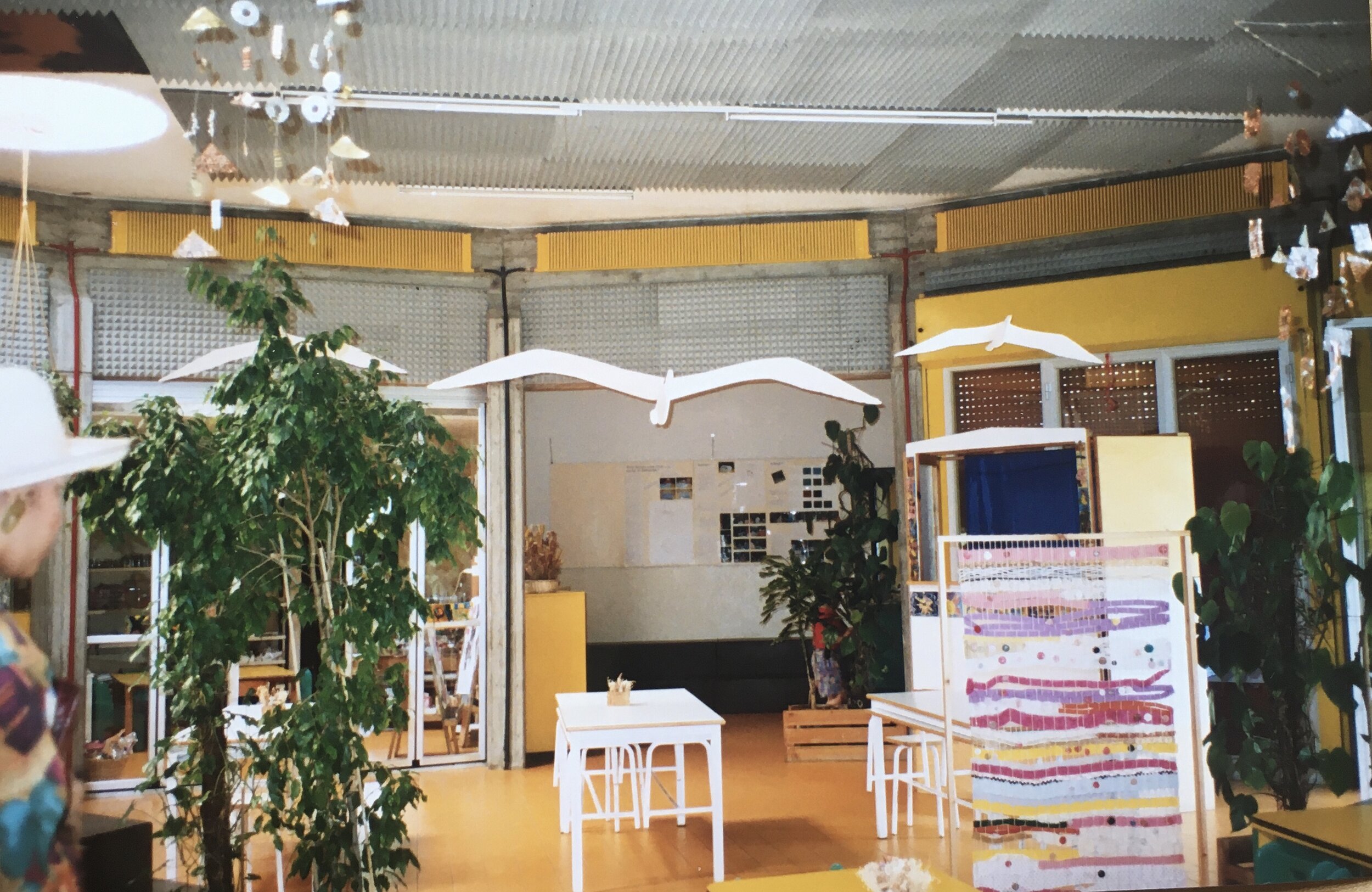
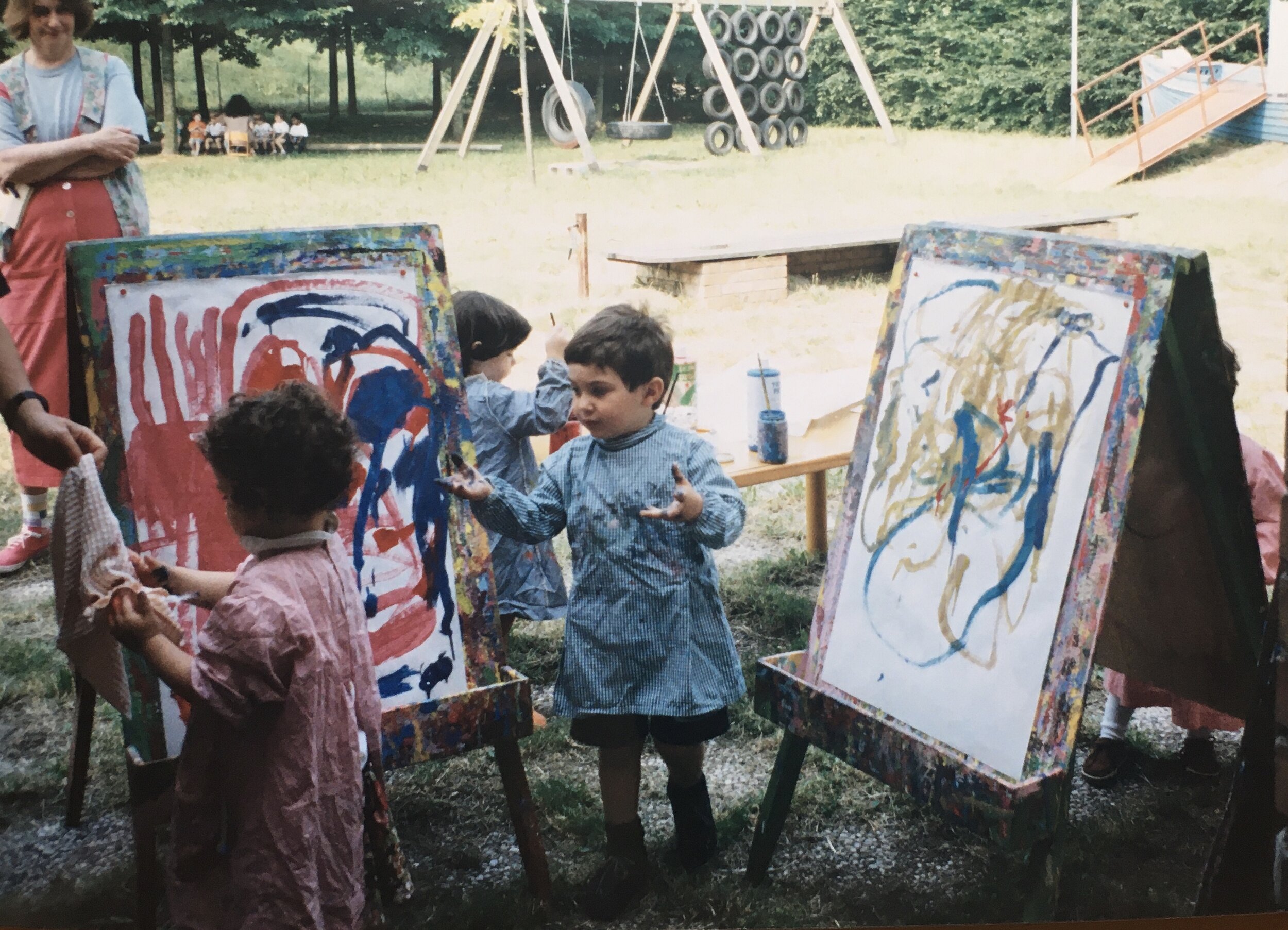
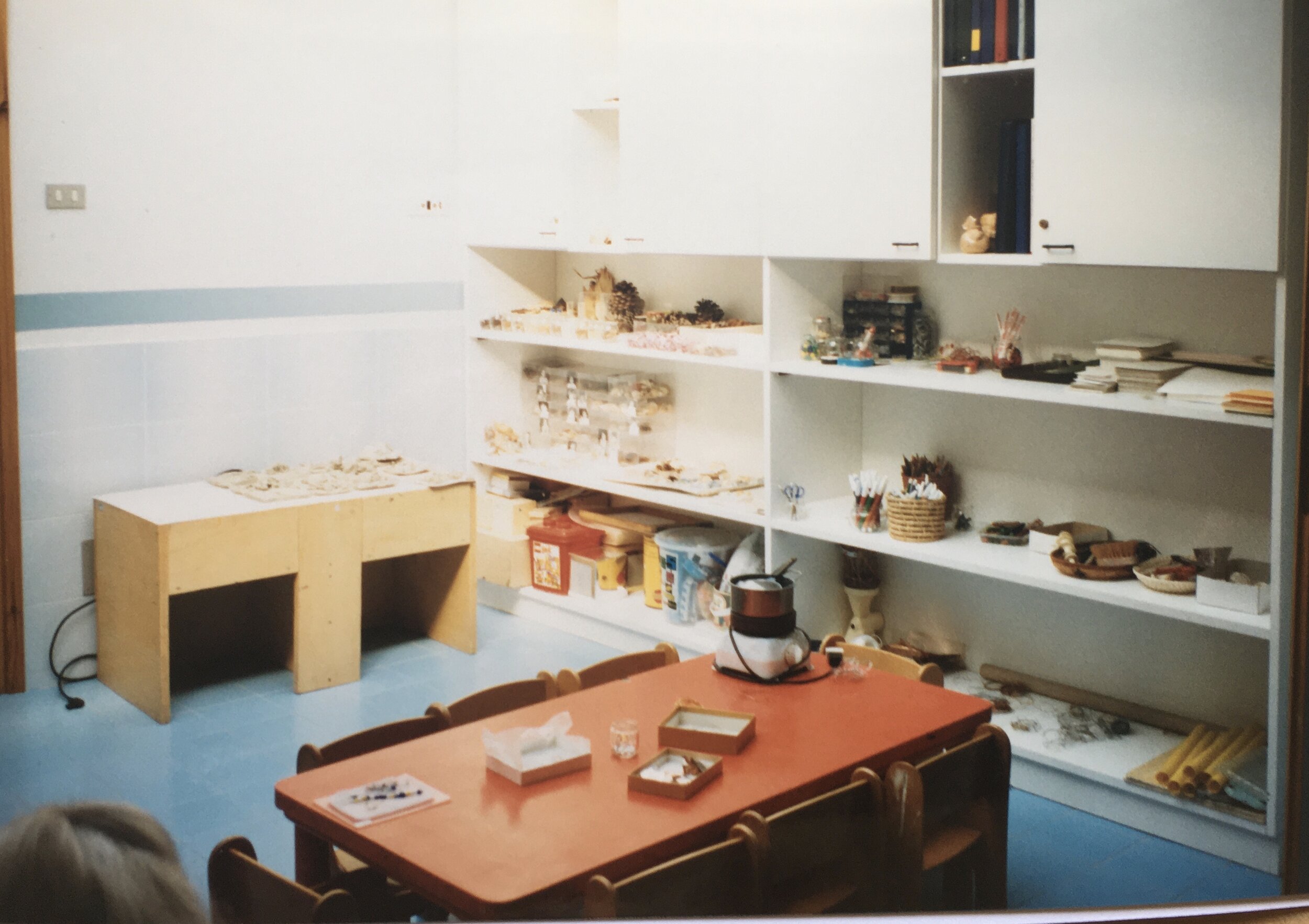
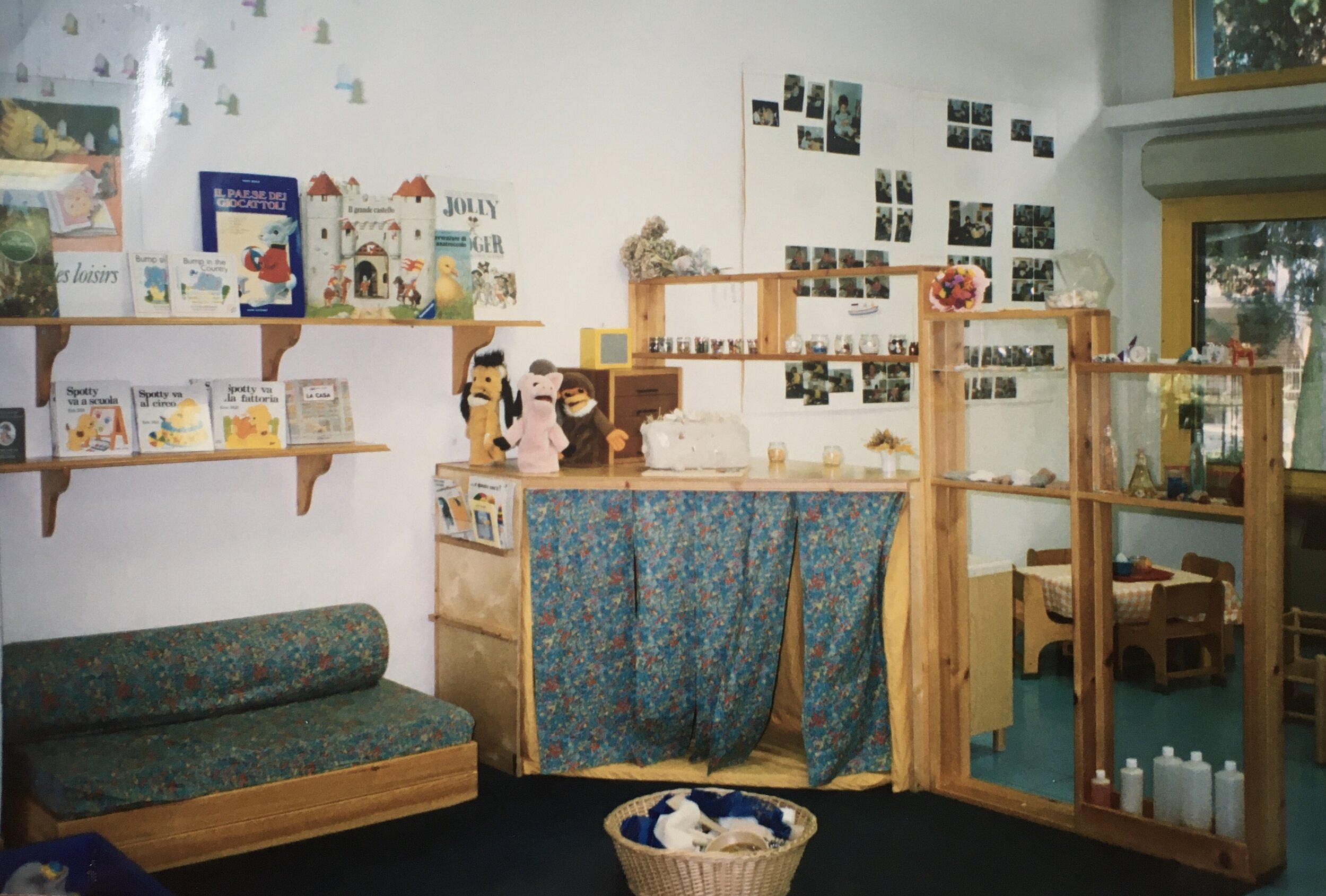
Below are some photos from my study tour and visit to schools in Auckland, New Zealand (Aotearoa) in 2013. These photos were taken at Browns Bay Preschool, Helensville Montessori, Tots Corner, Awhi Whanao, and Kids Domain.
Schools in Aeotearoa/New Zealand are known for:
their focus on children, family, and community
narrative, strengths-based “Learning Stories” as the national standard for assessment of children
a national commitment to bi-cultural education, with the intention of repairing injustice
Some highlights of the school environments there include:
Outdoor learning
Use of natural materials
Creative art media
Family & Cultural connections




